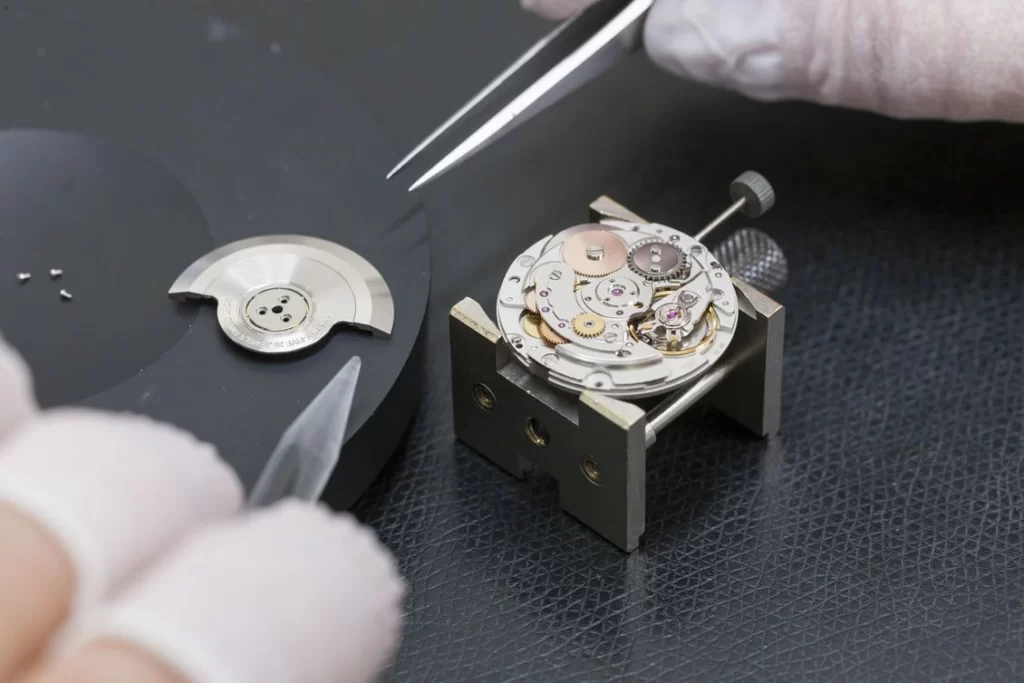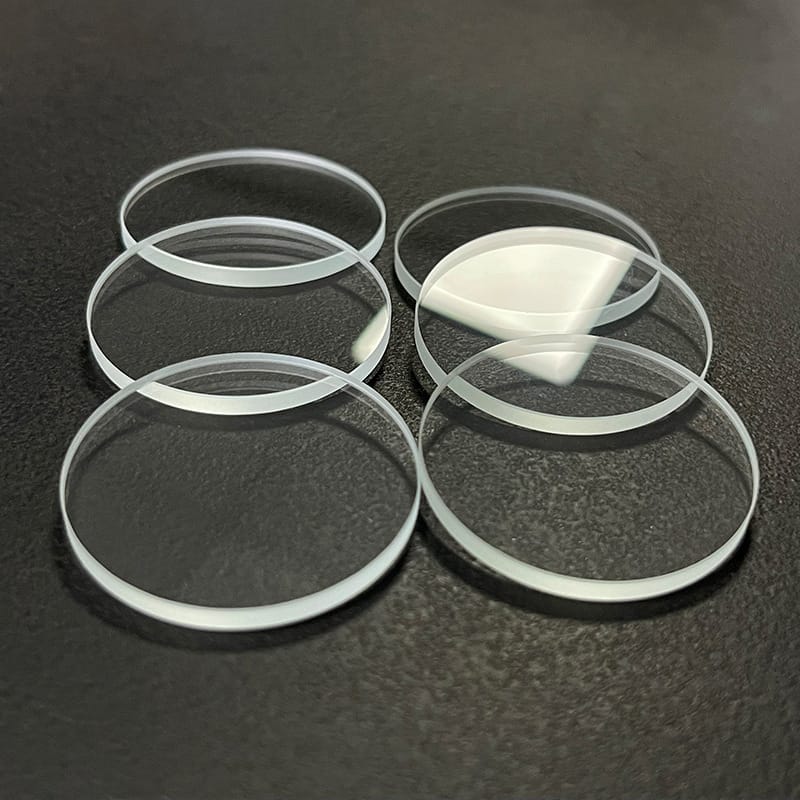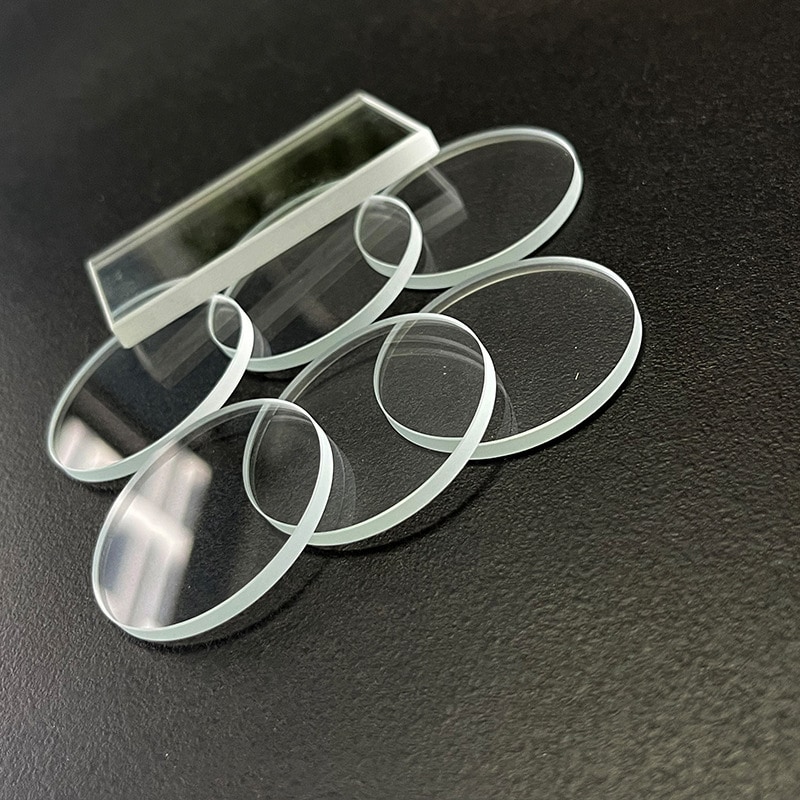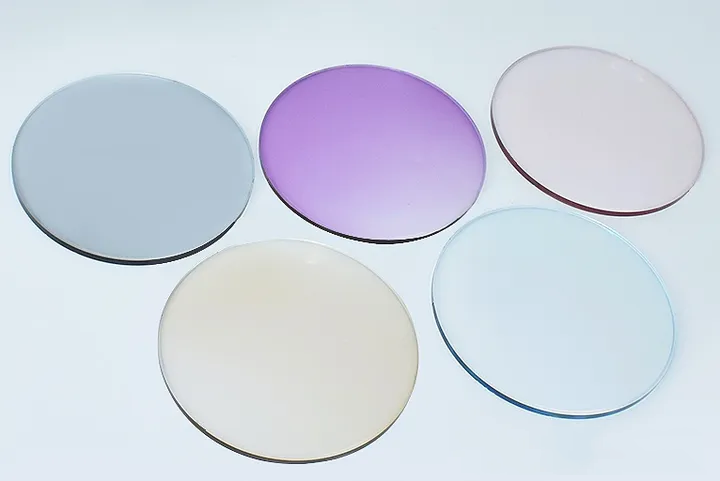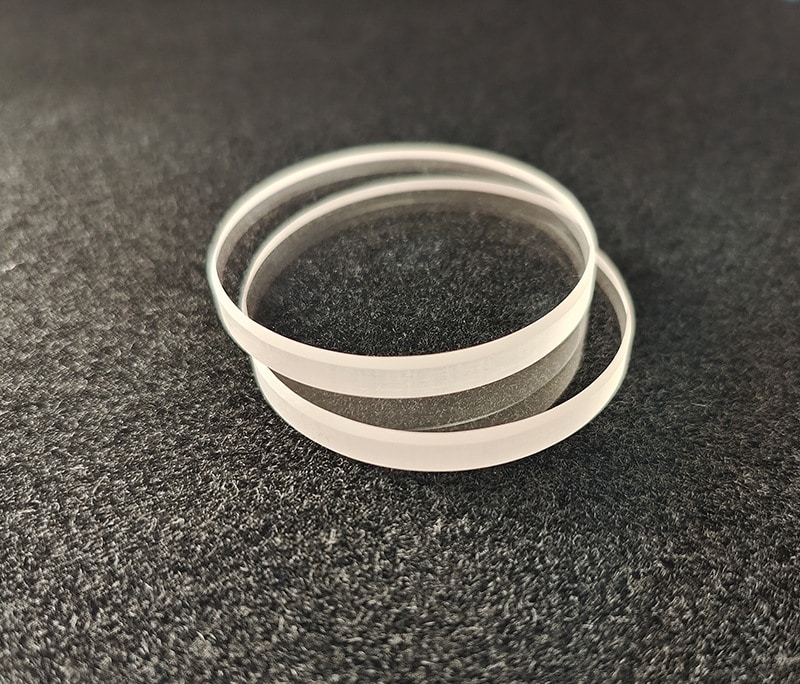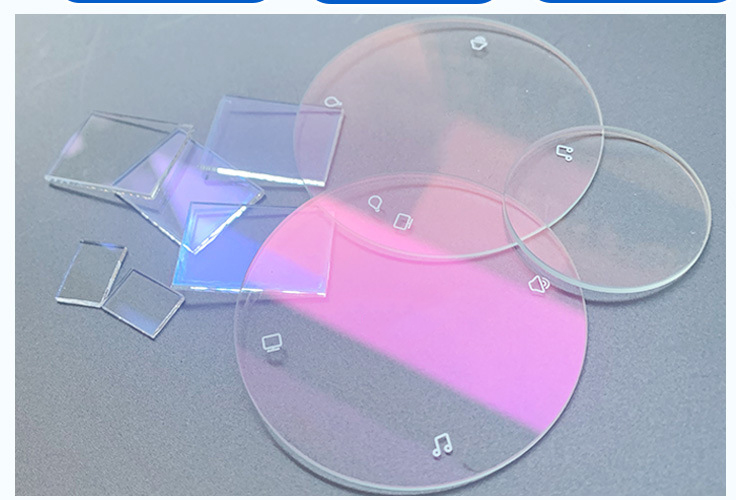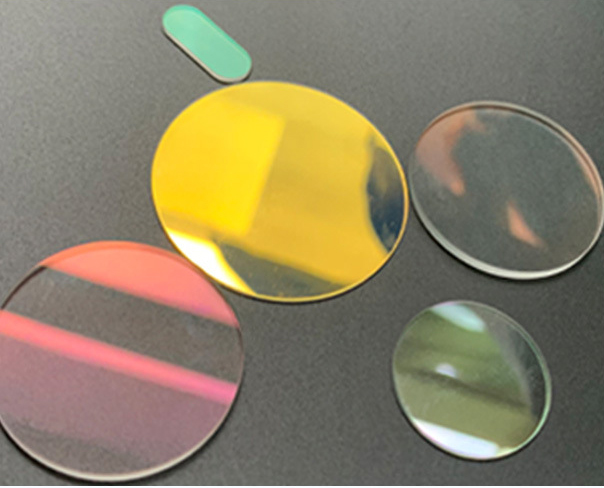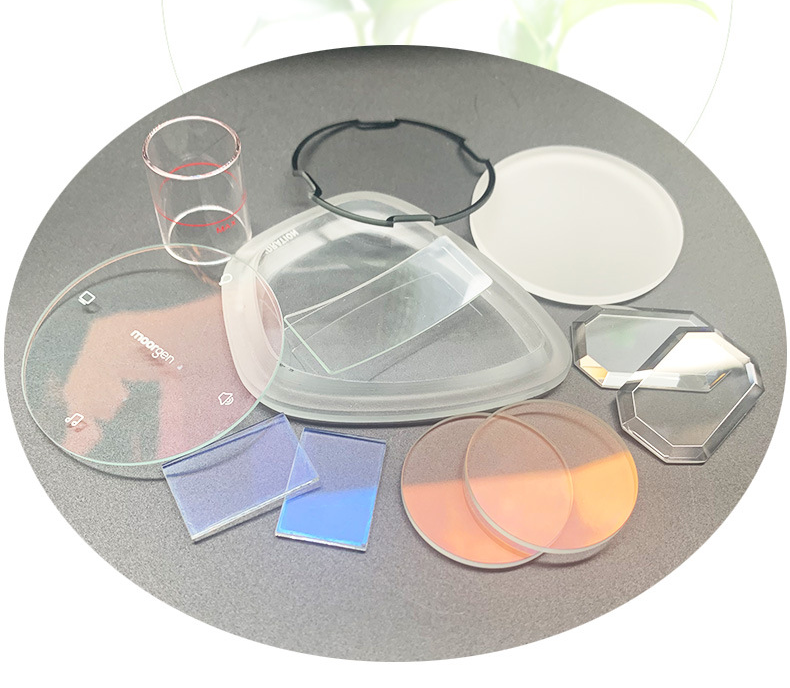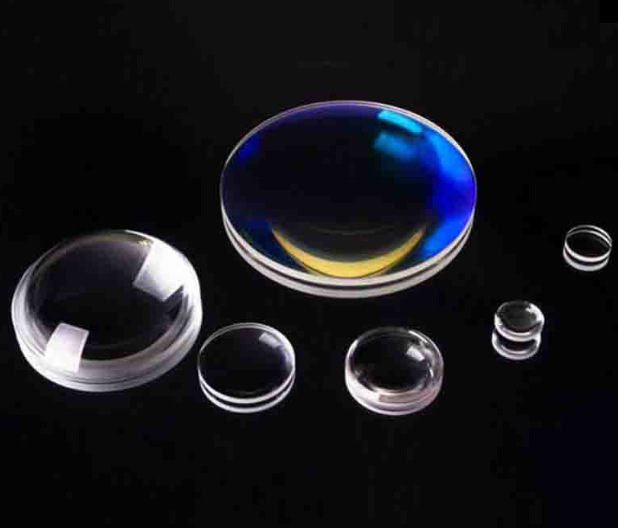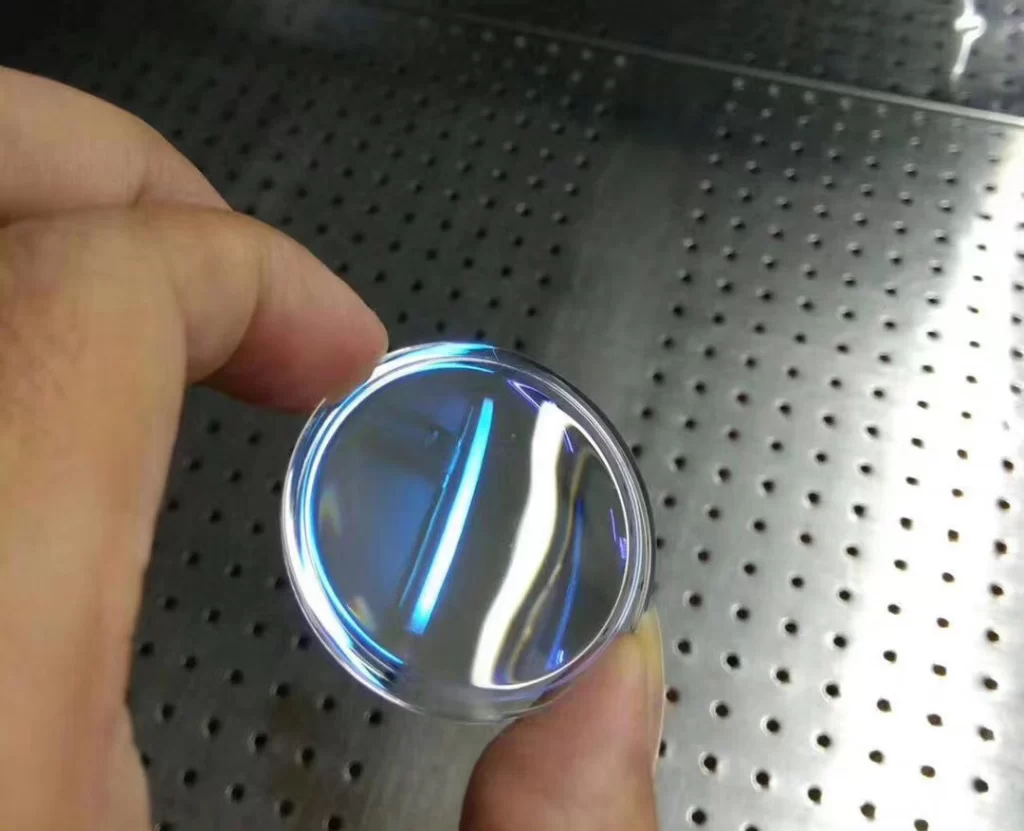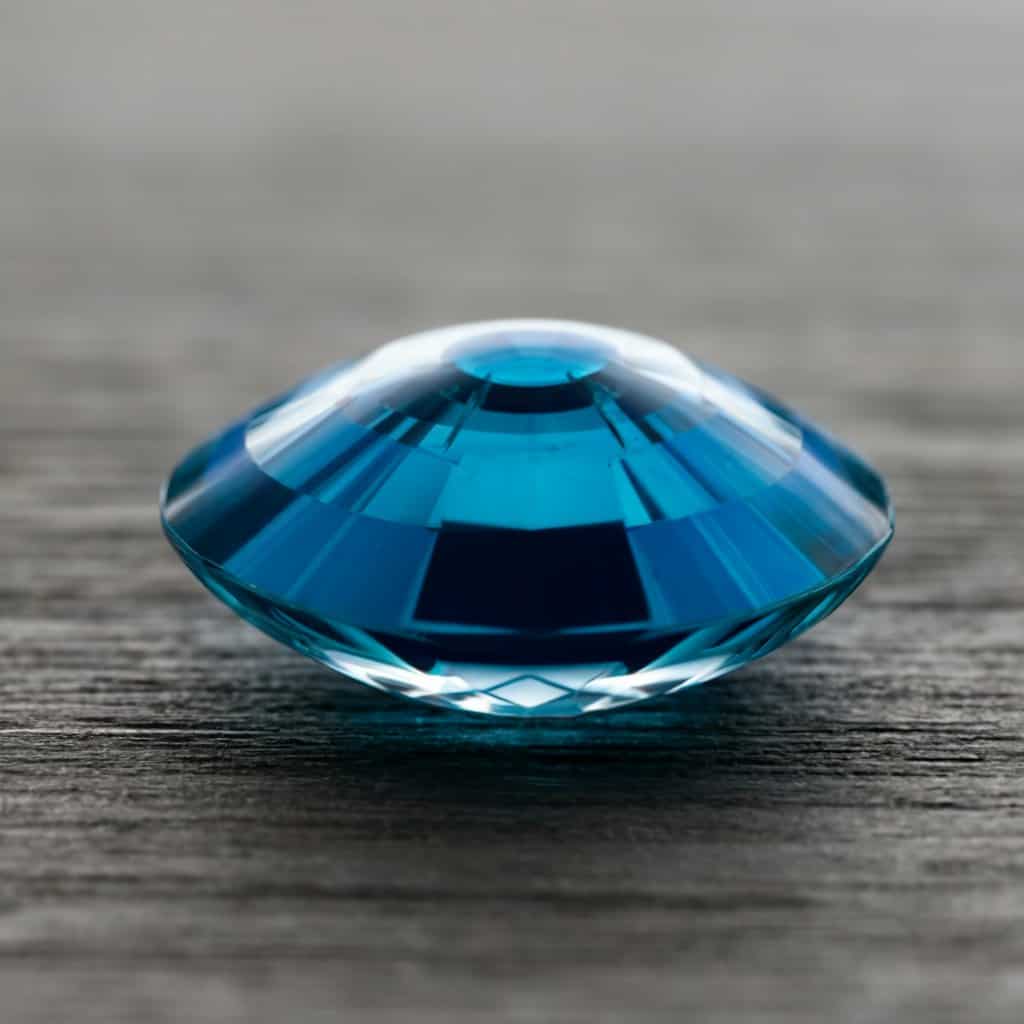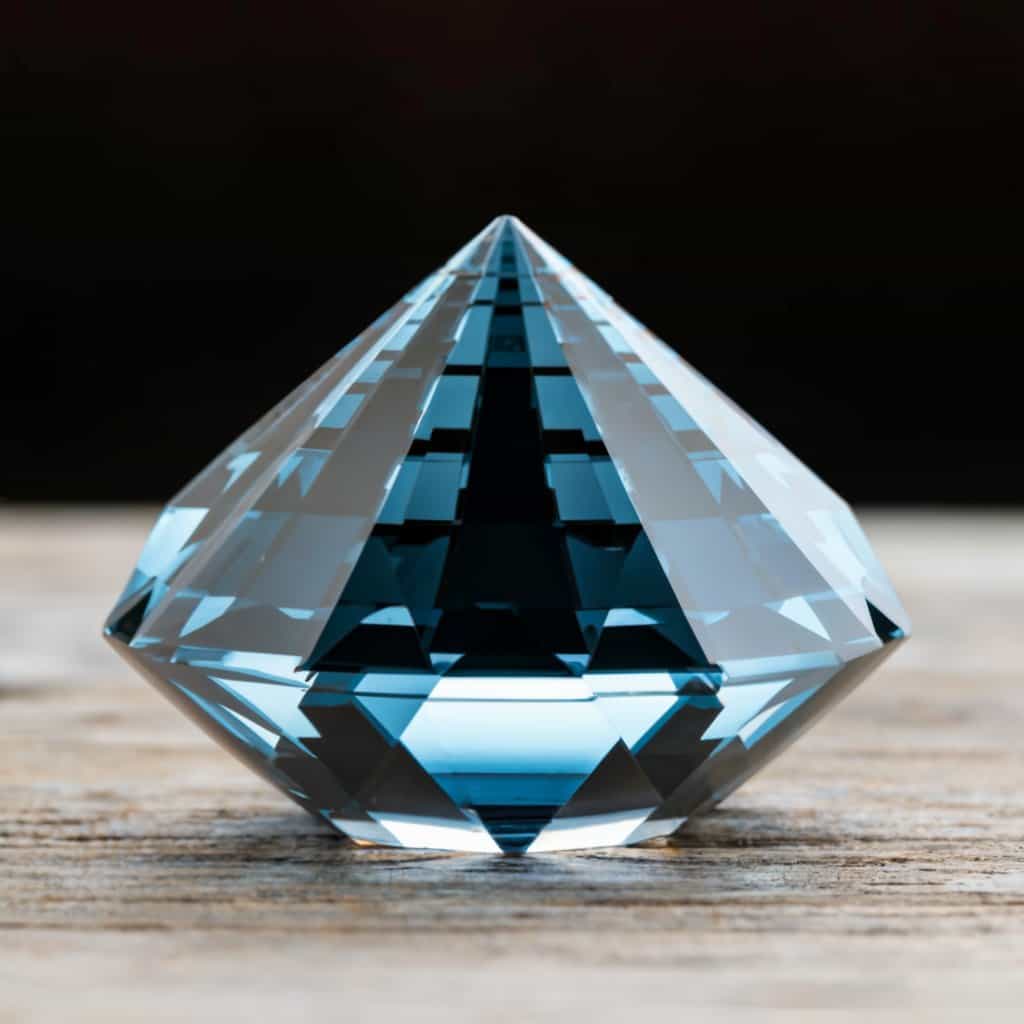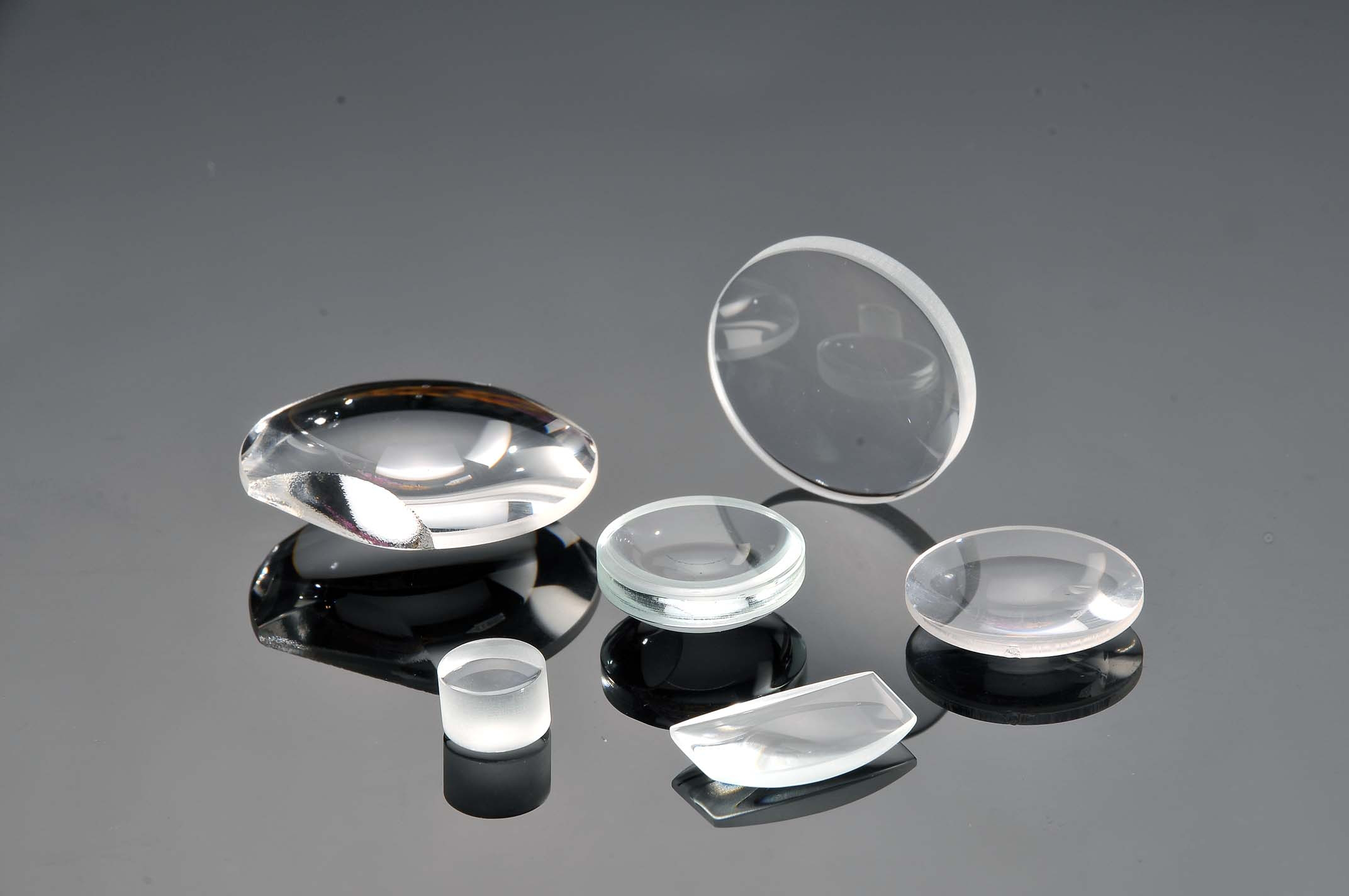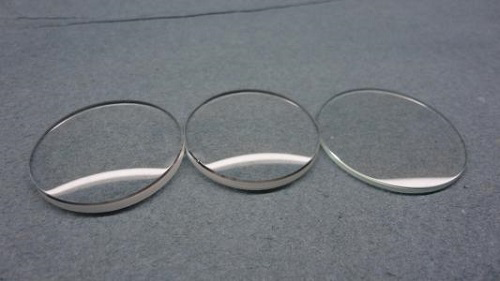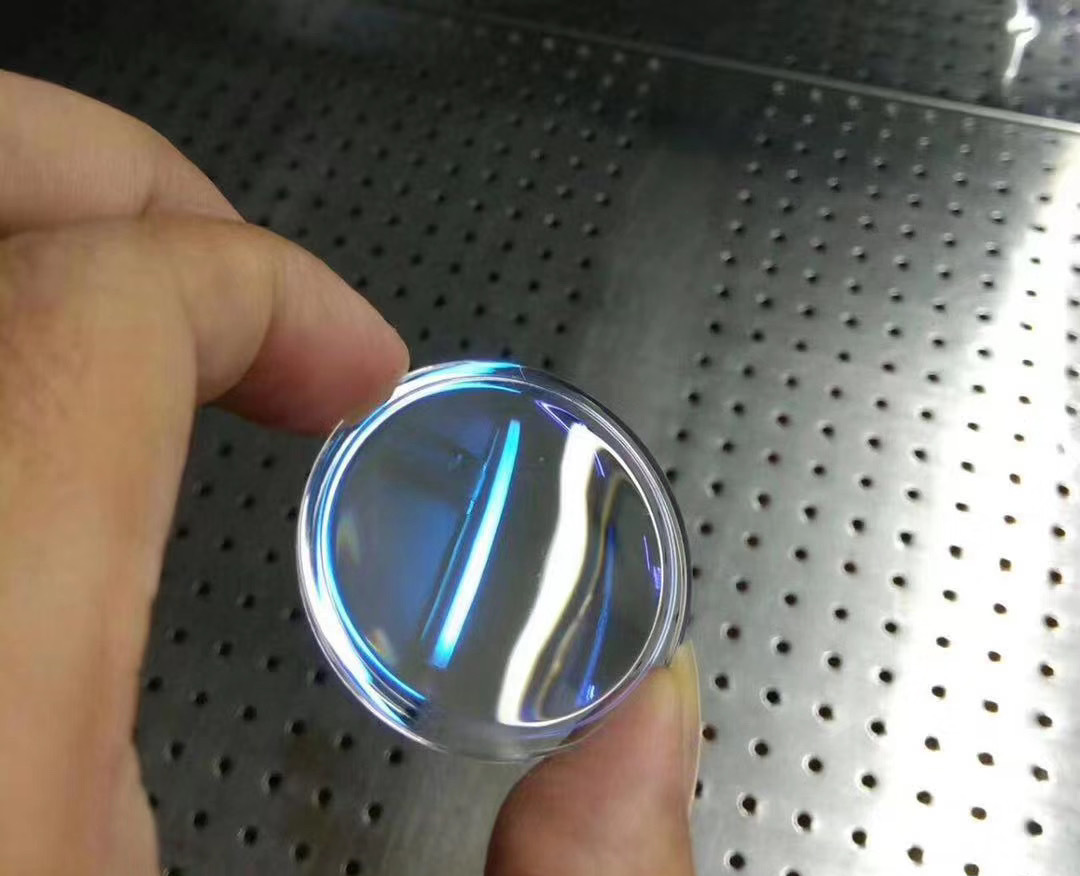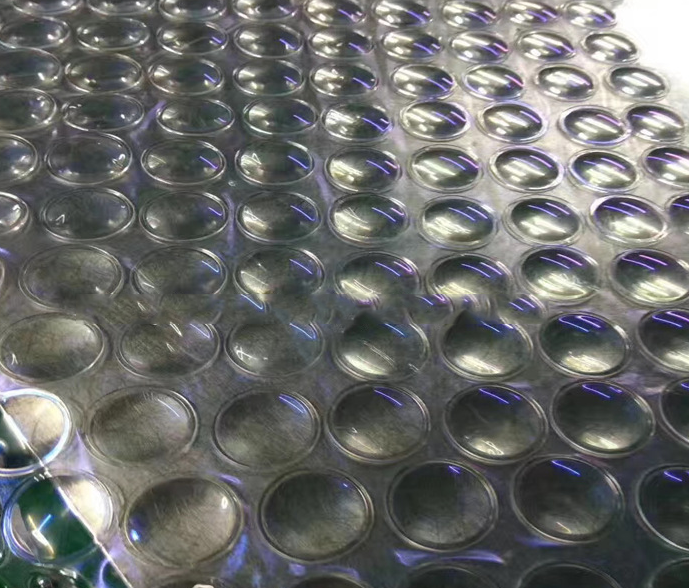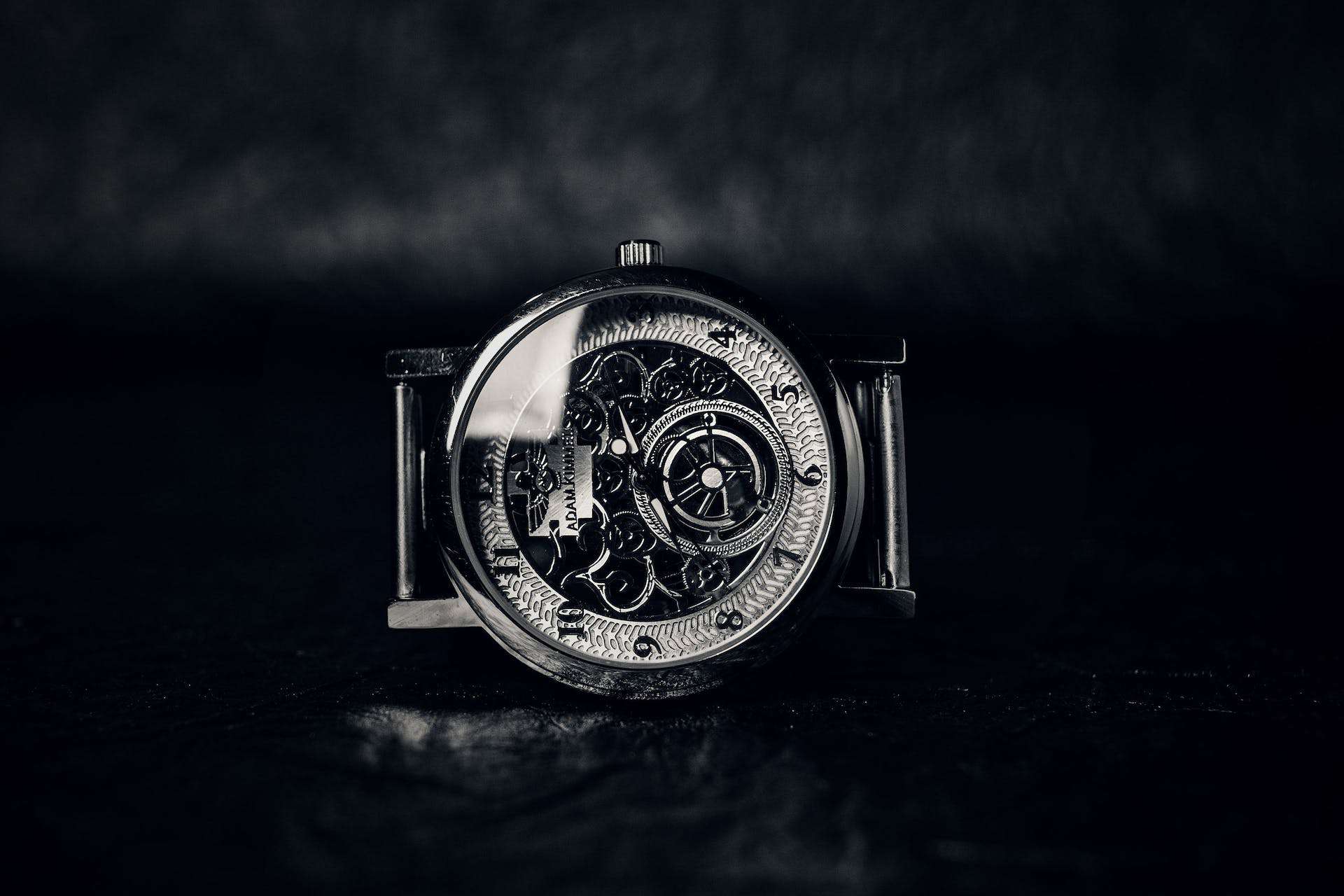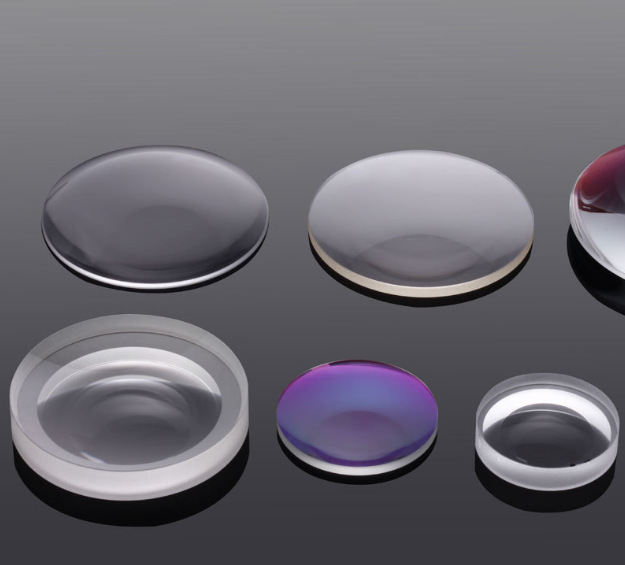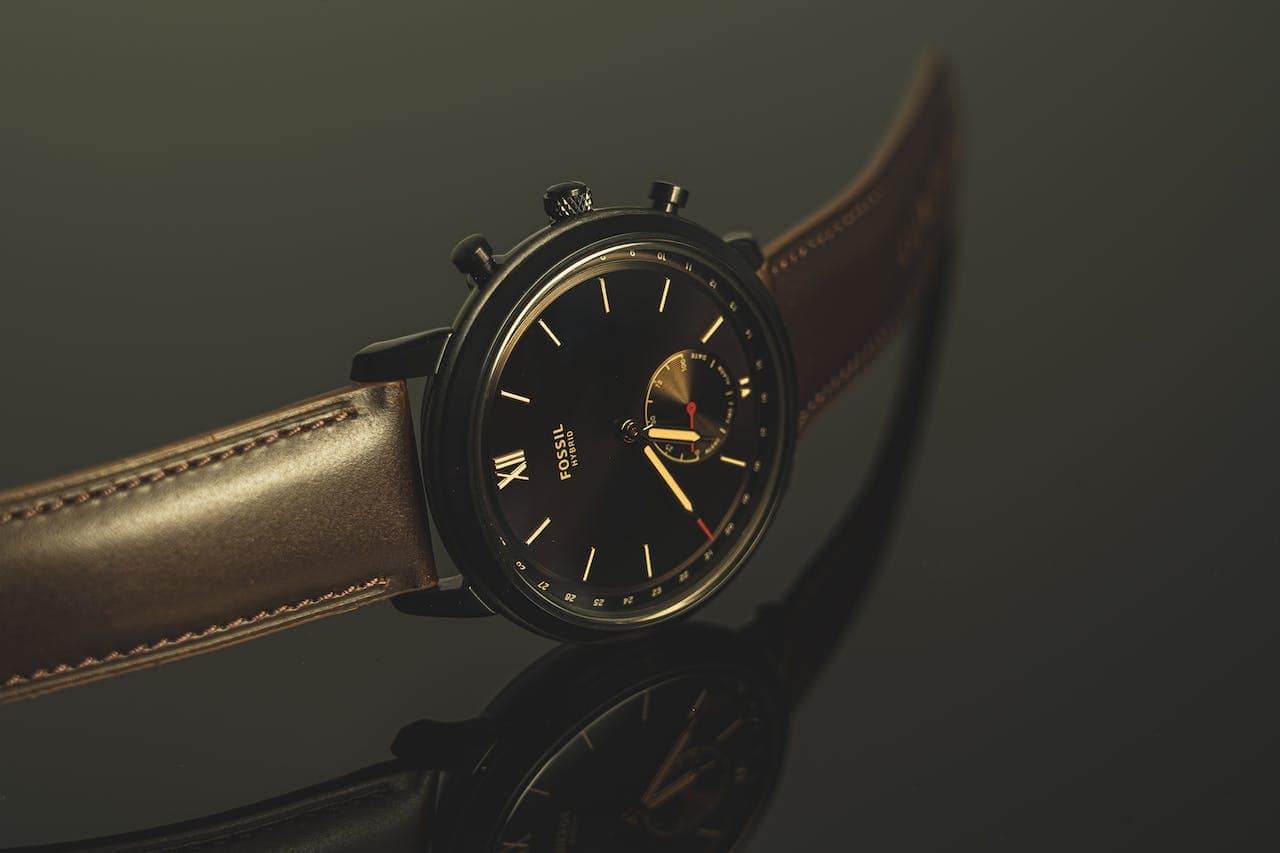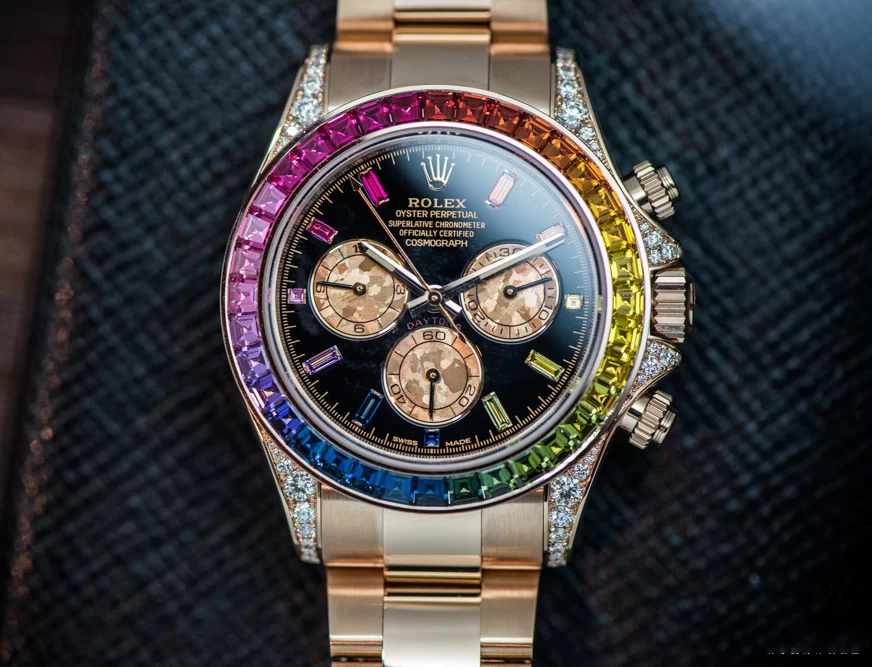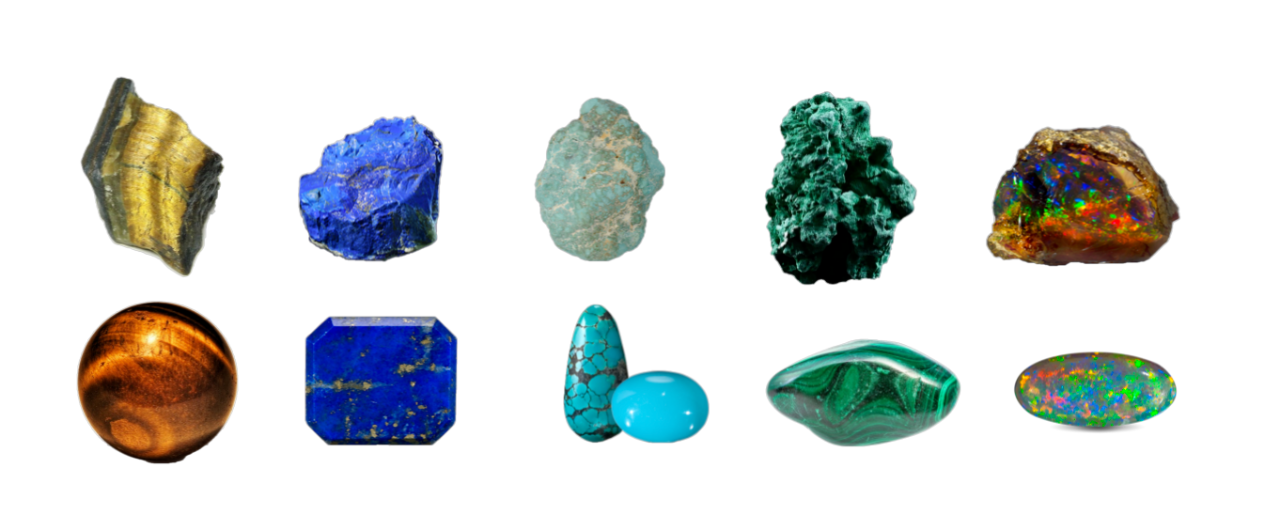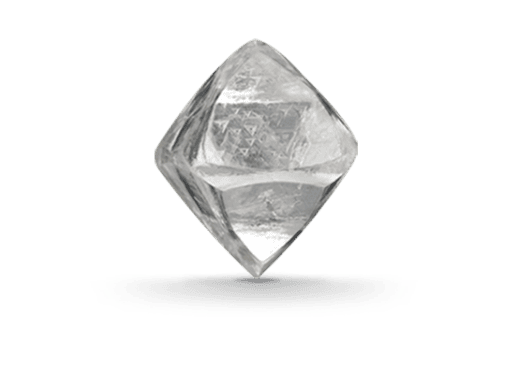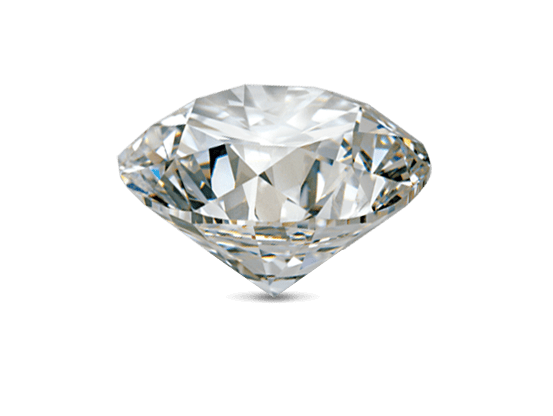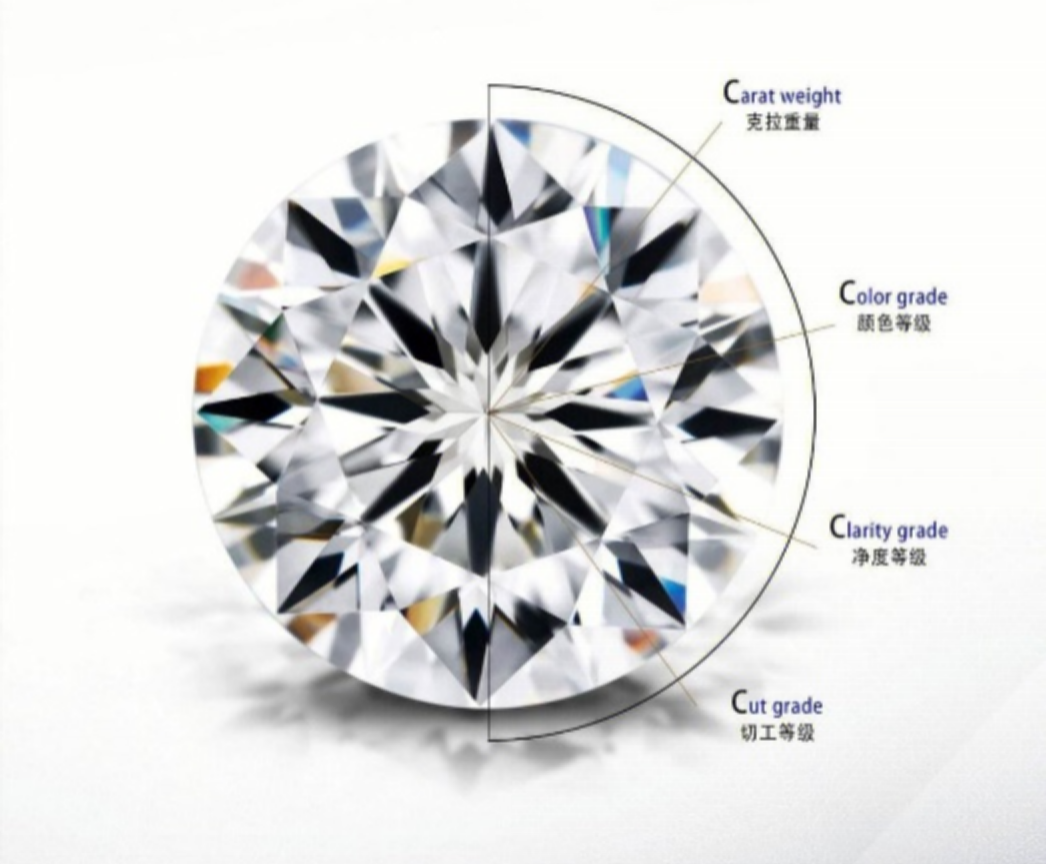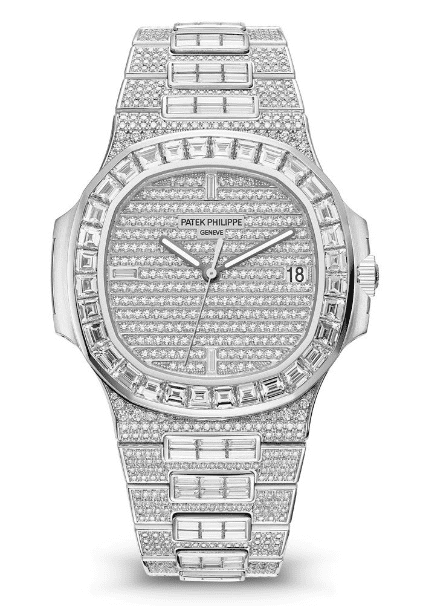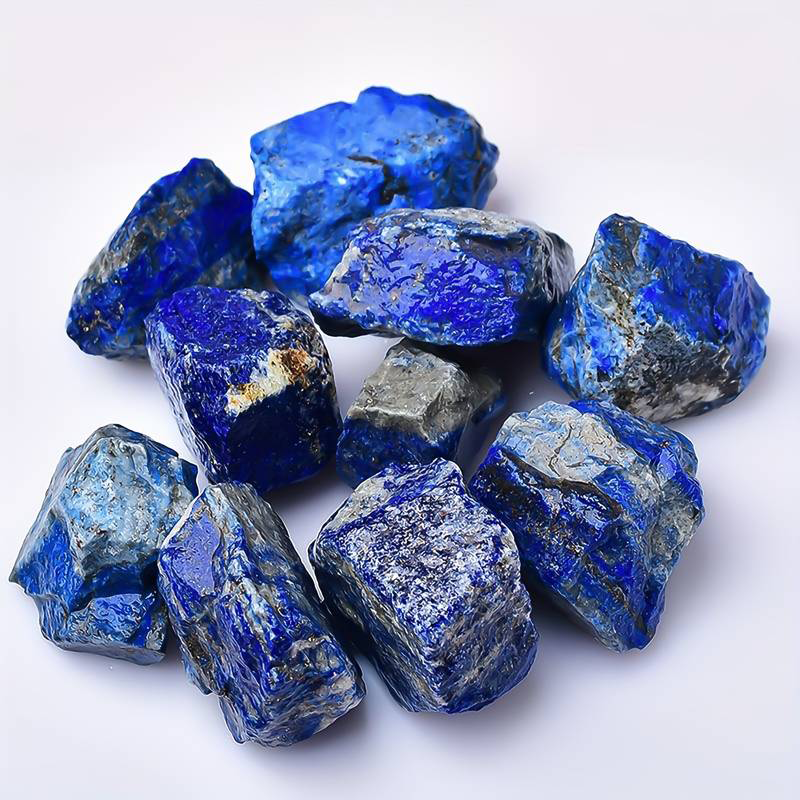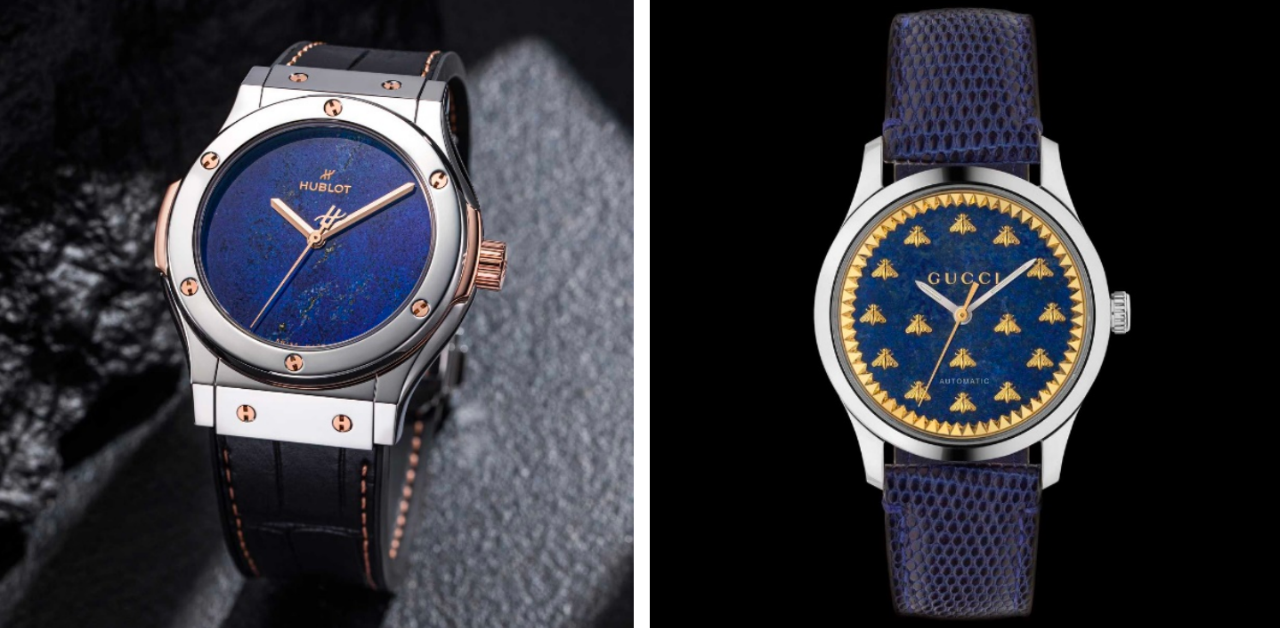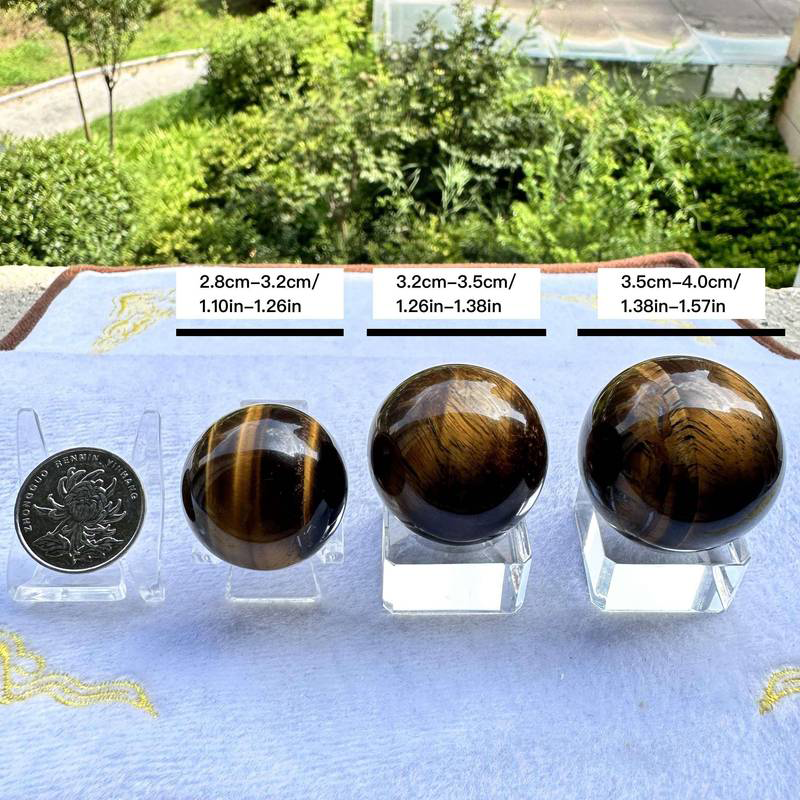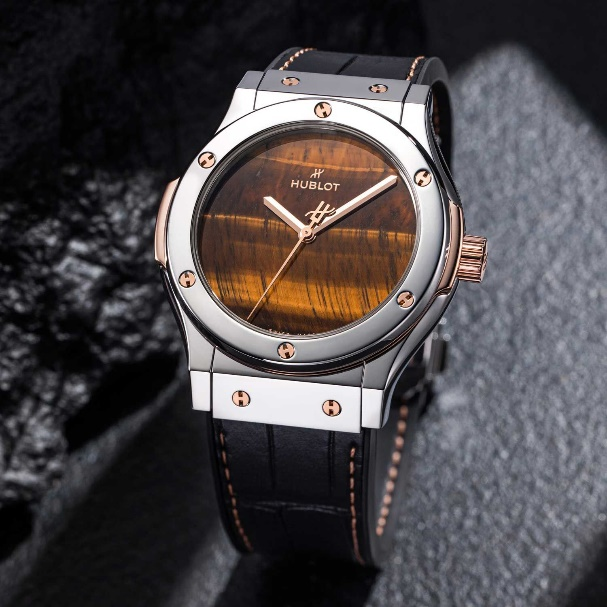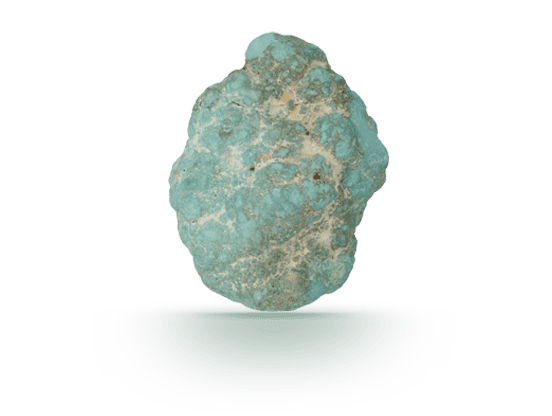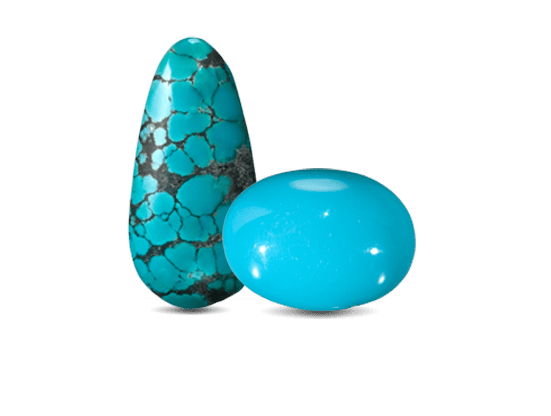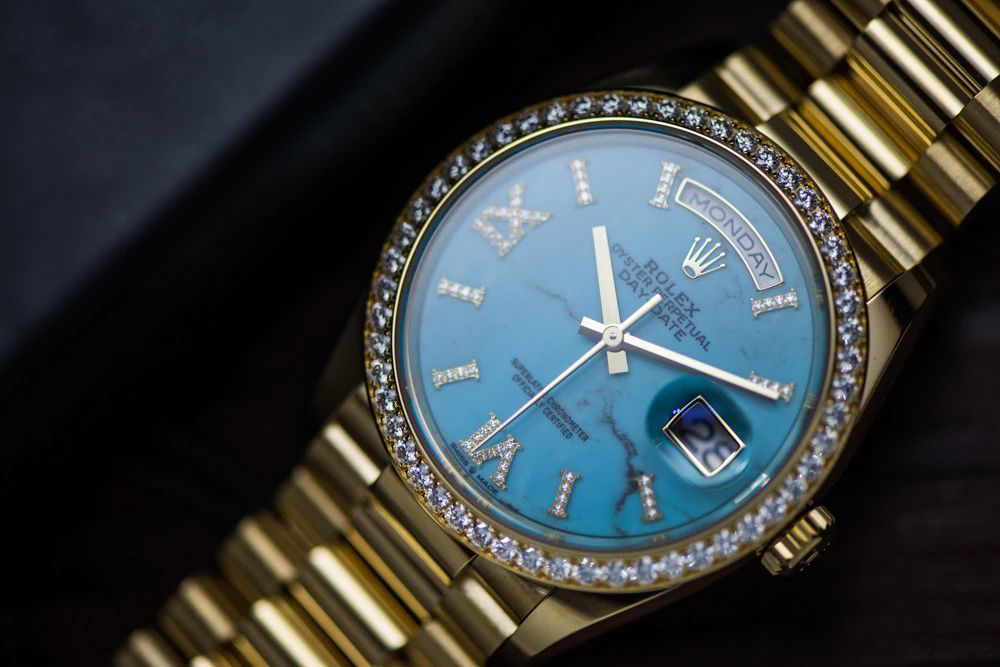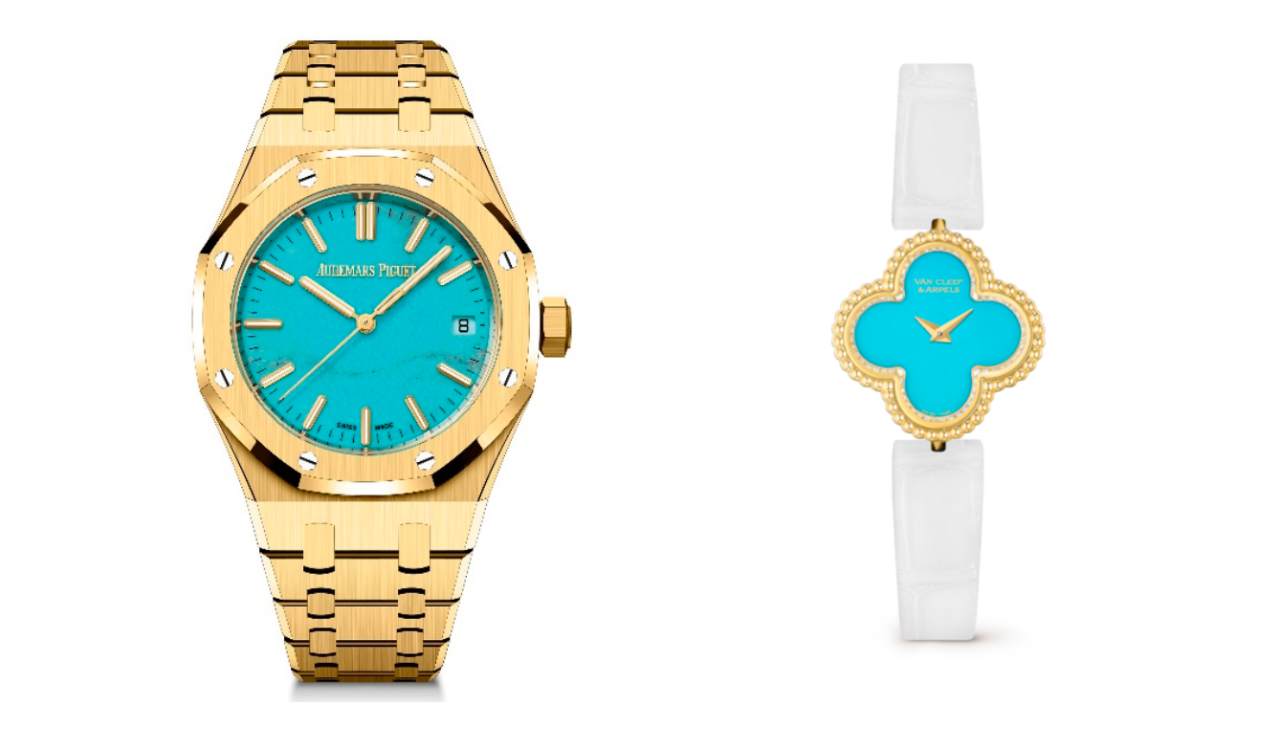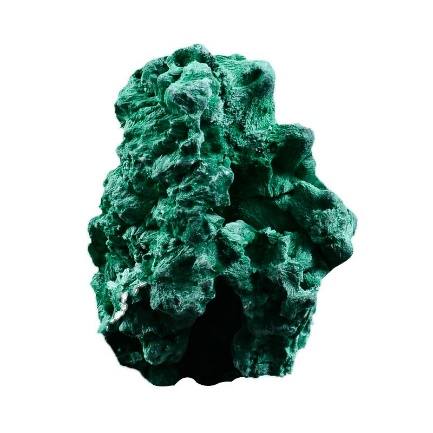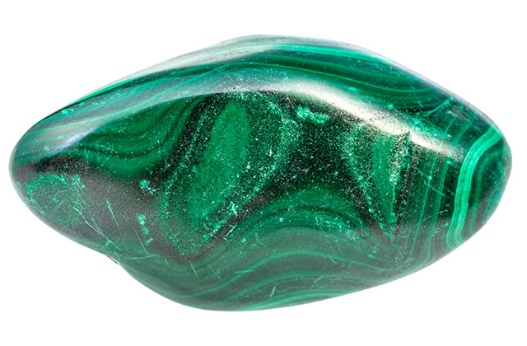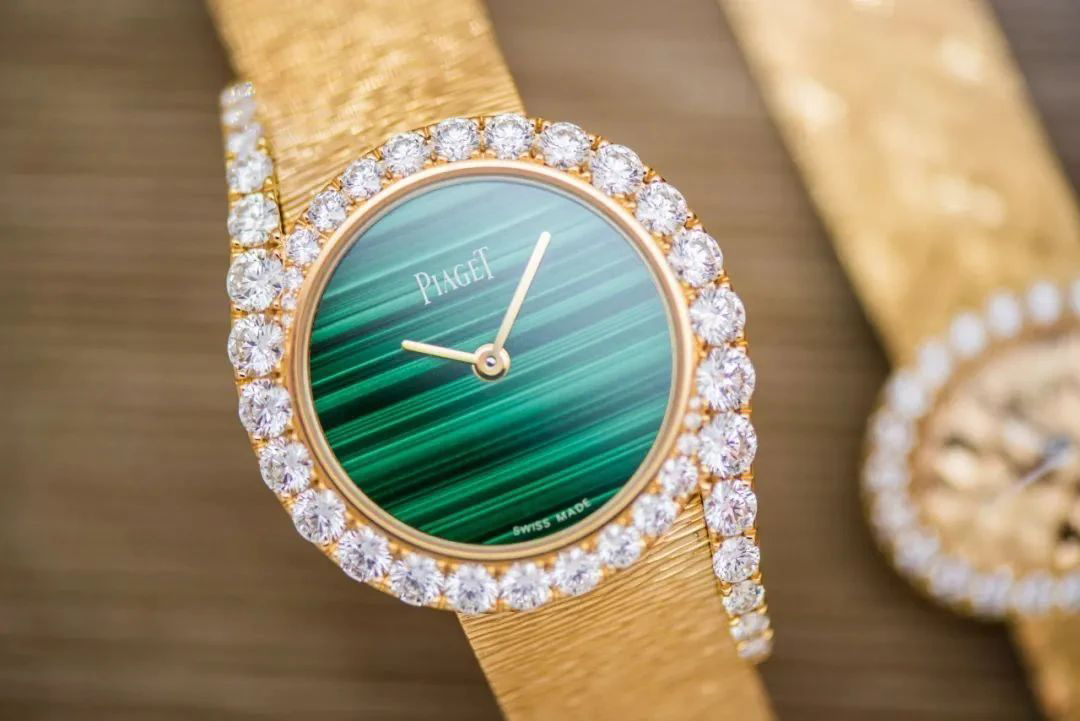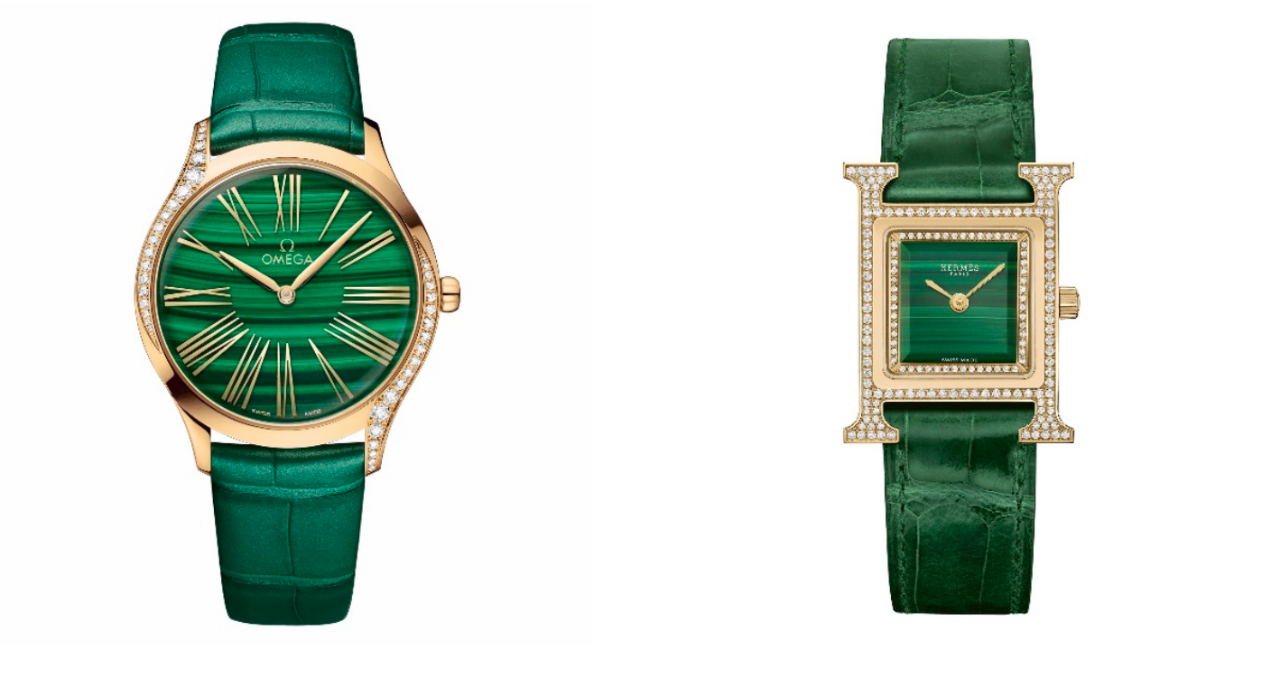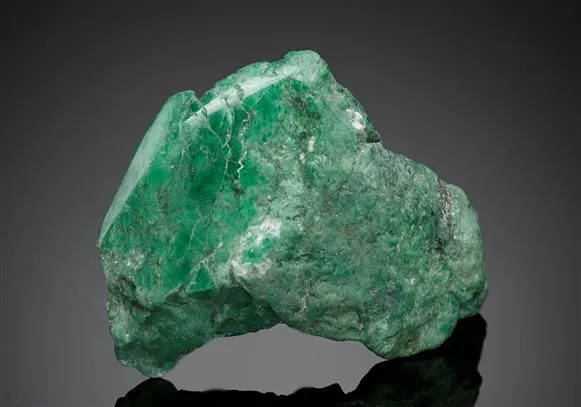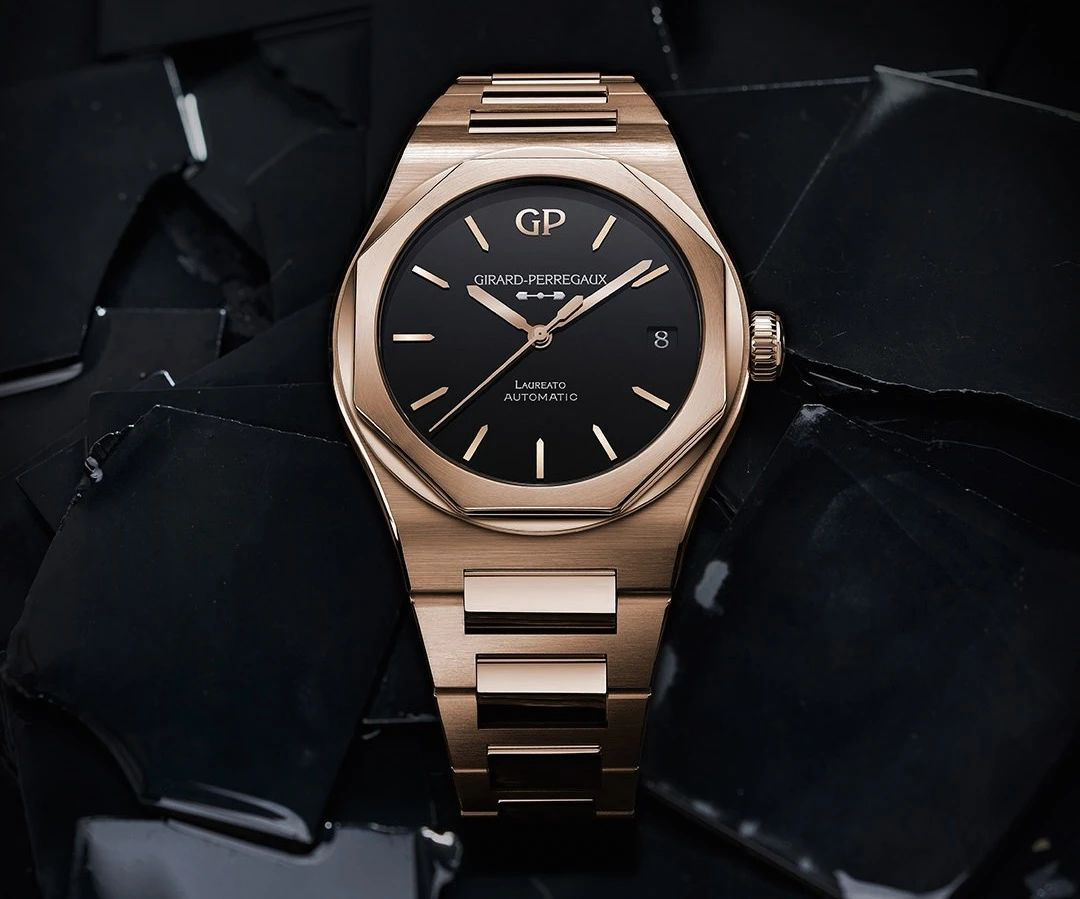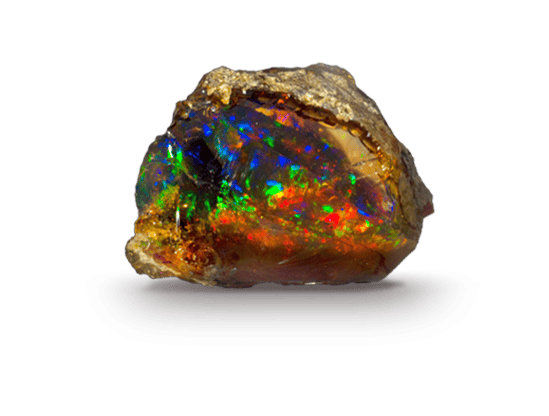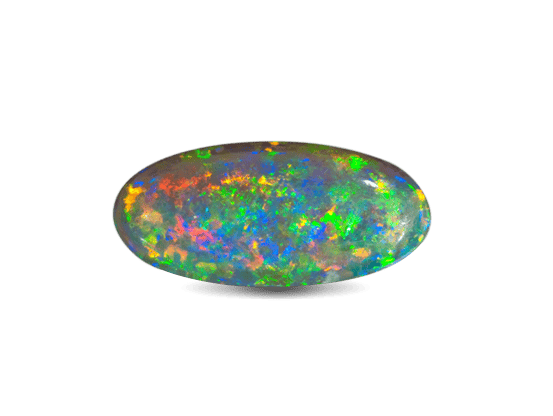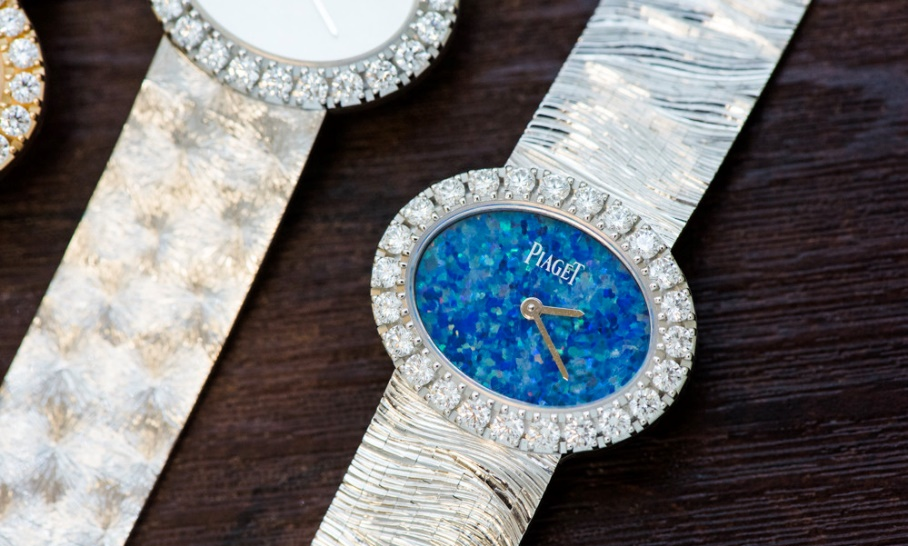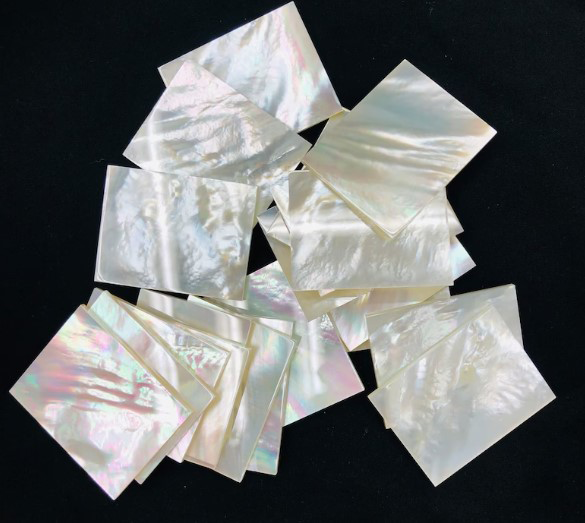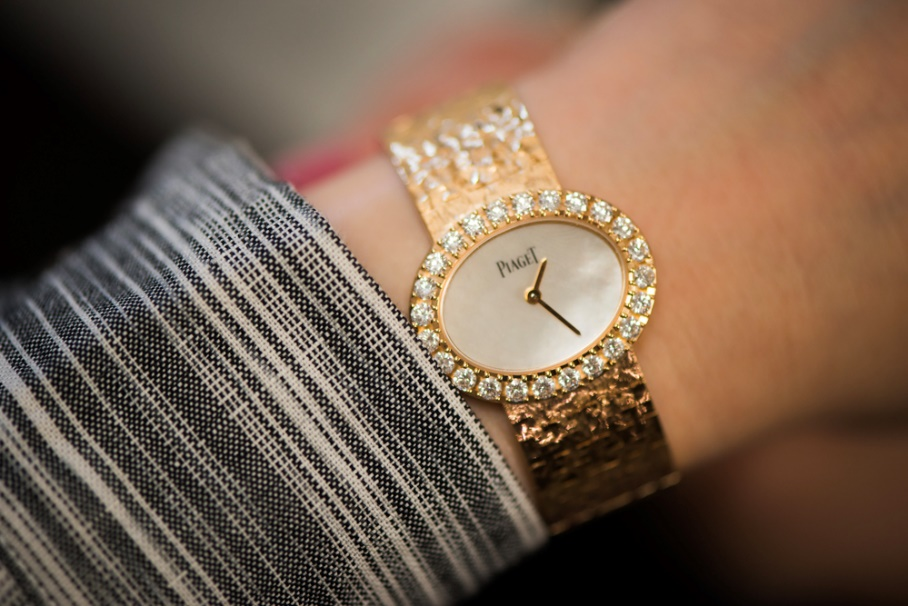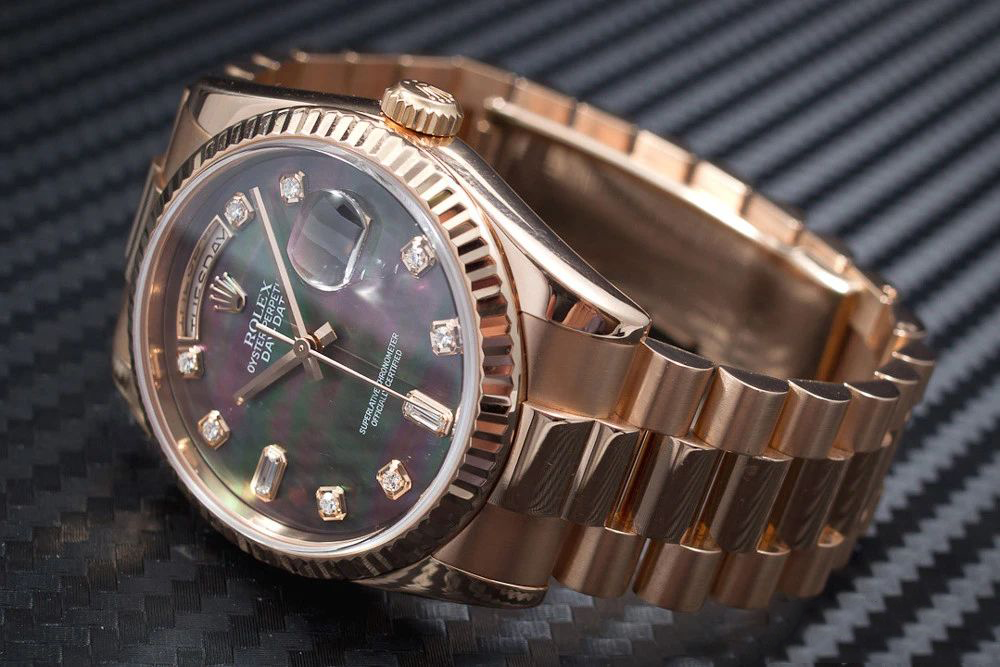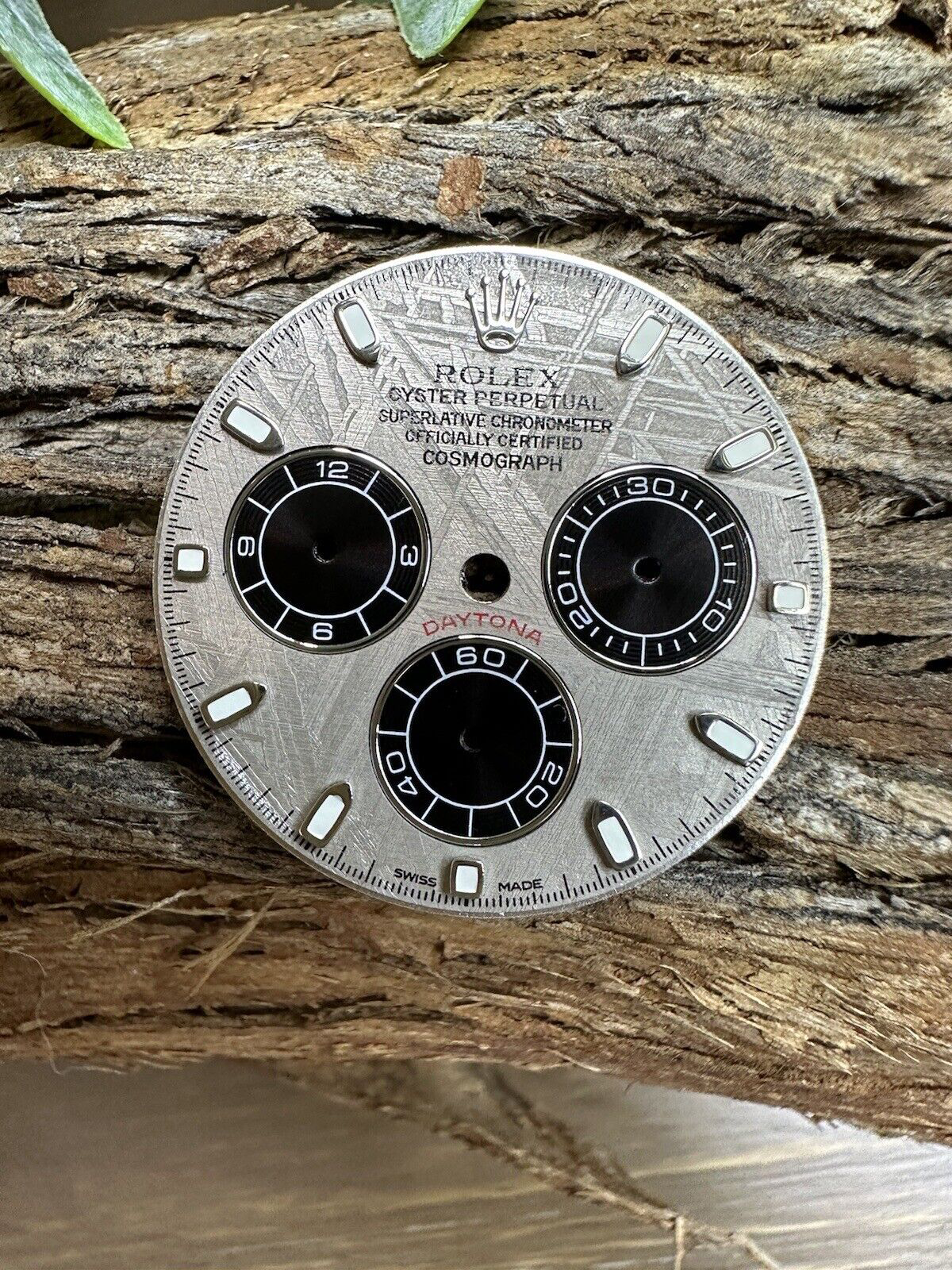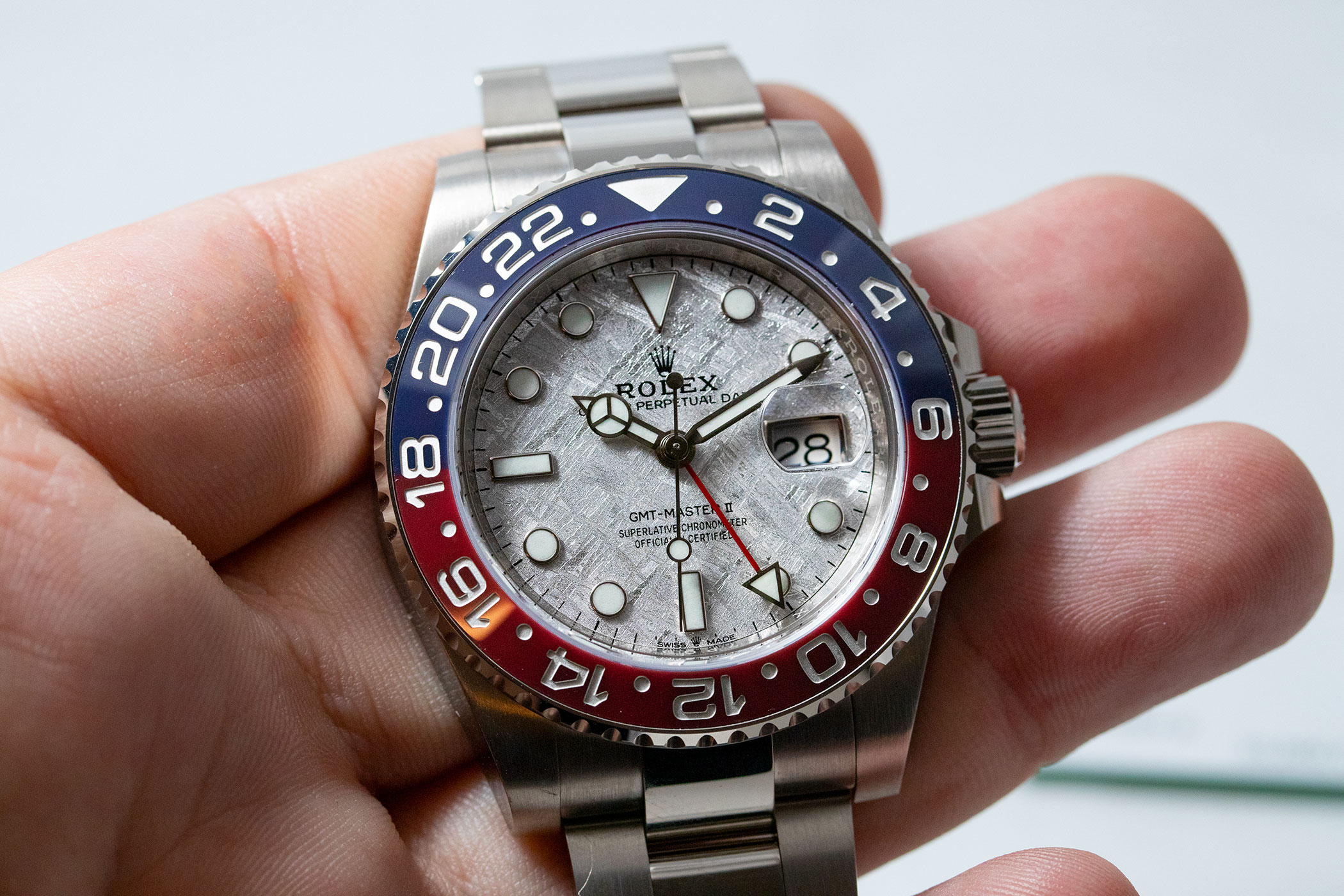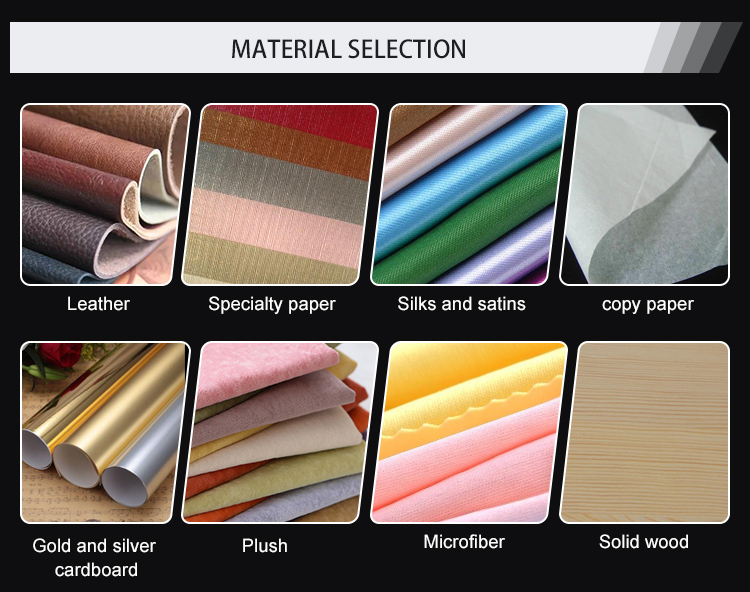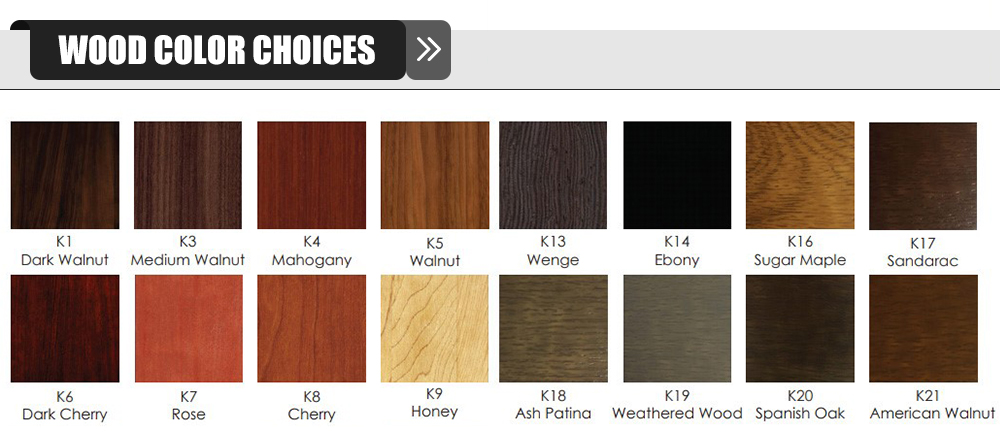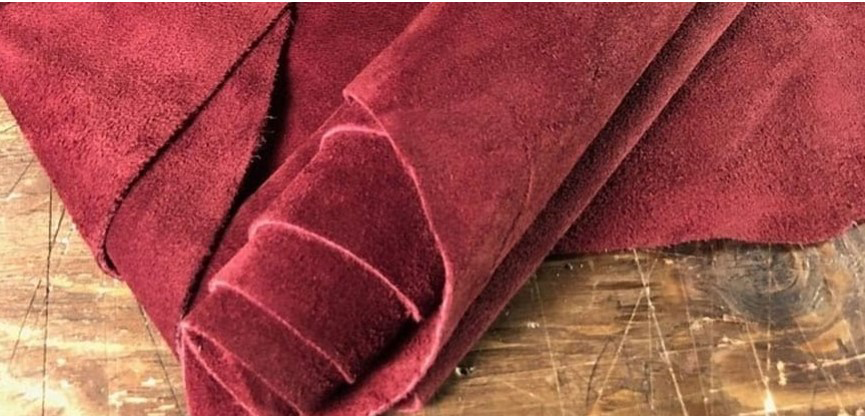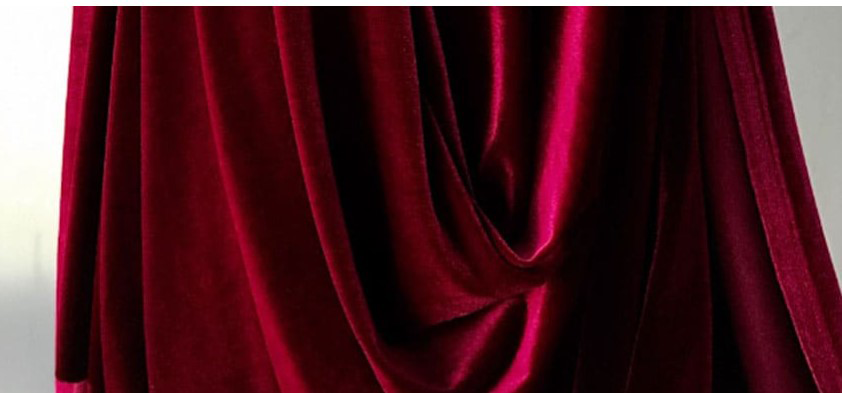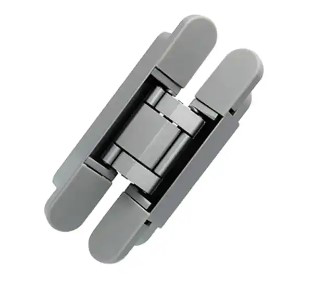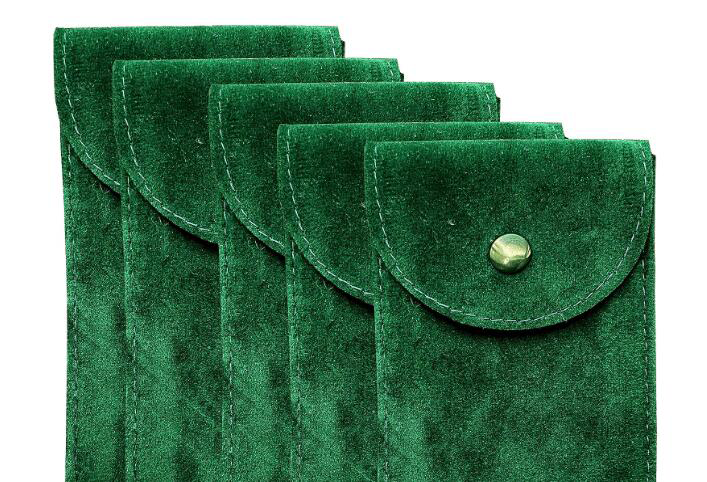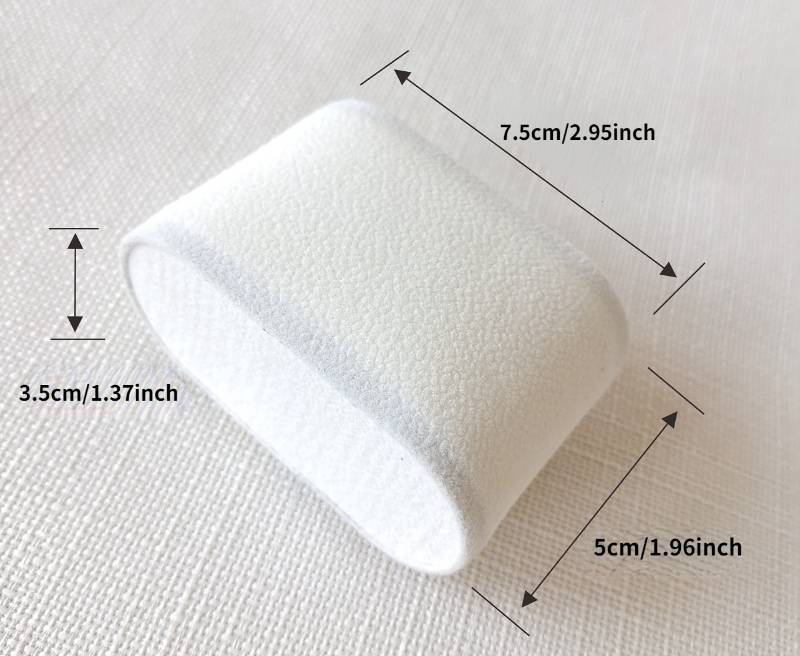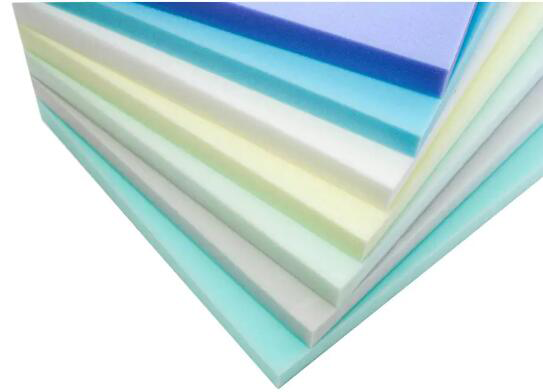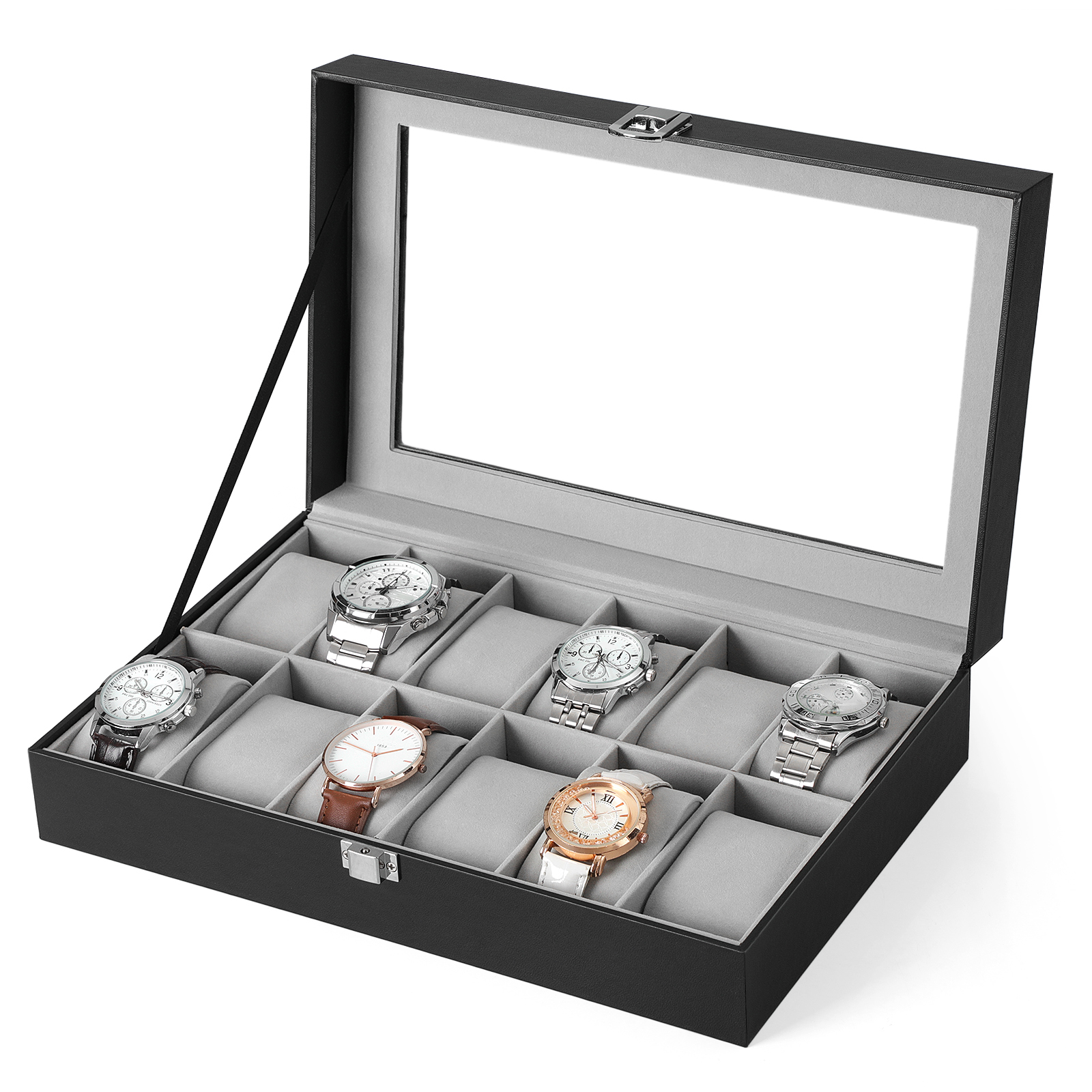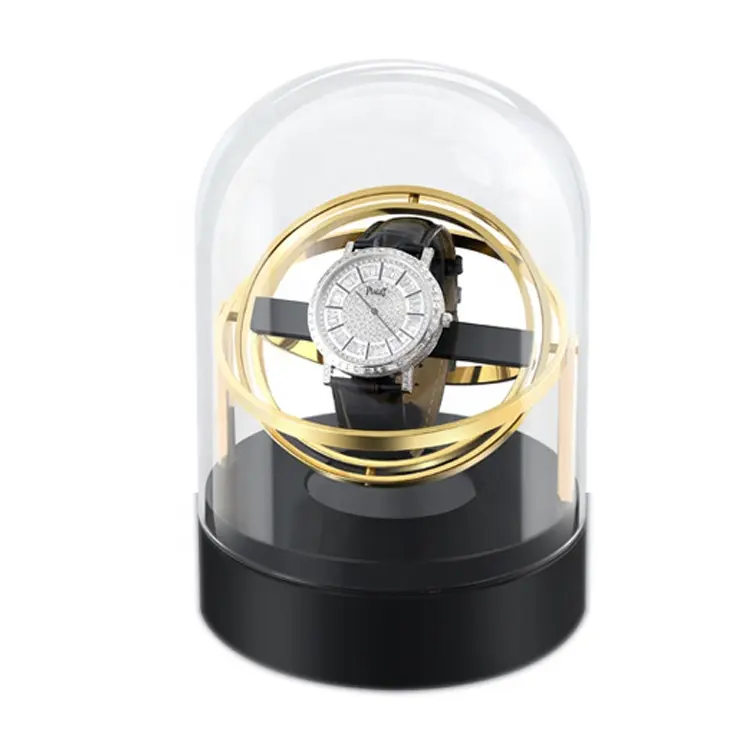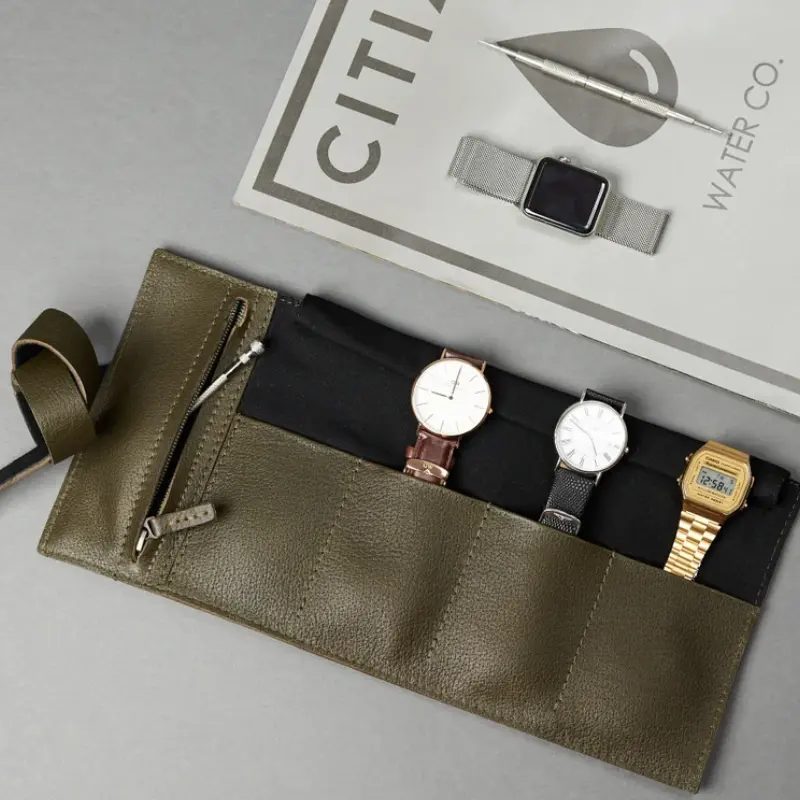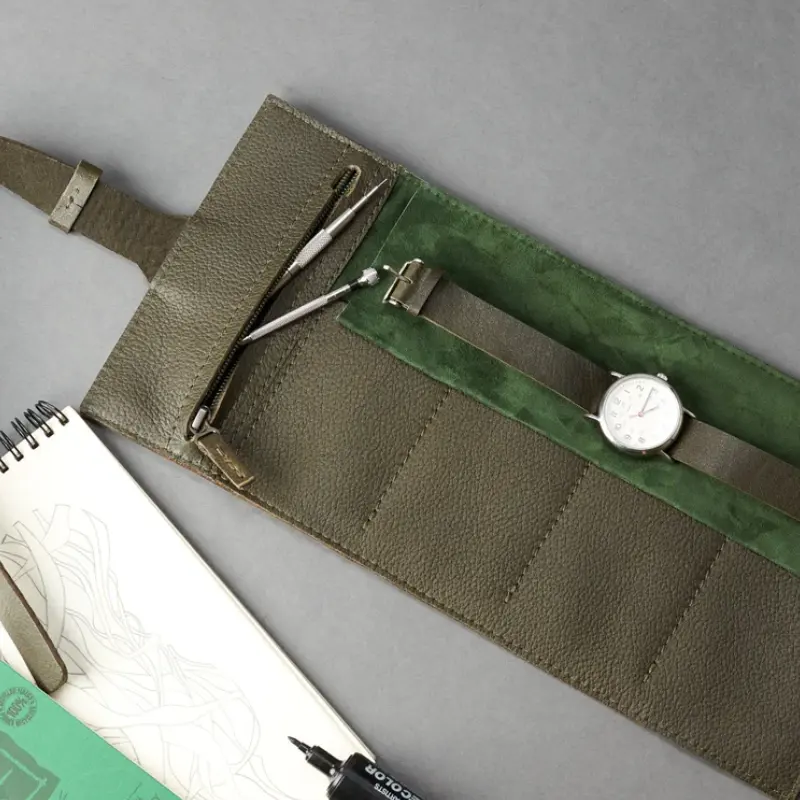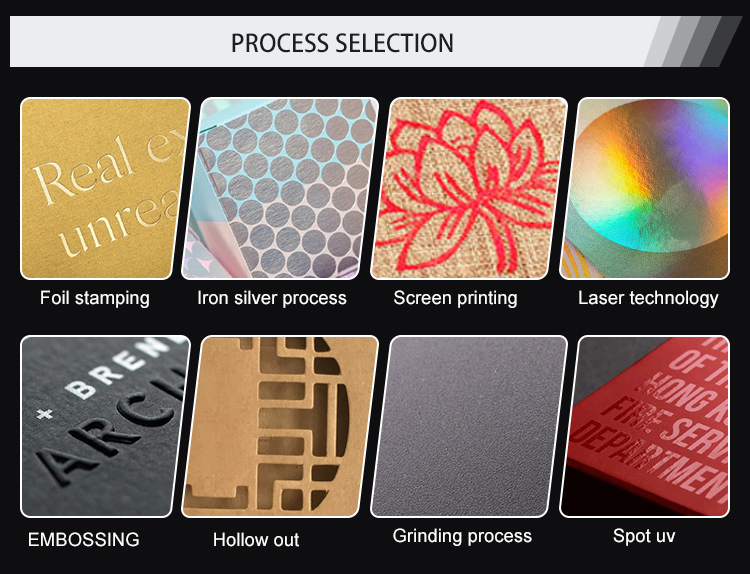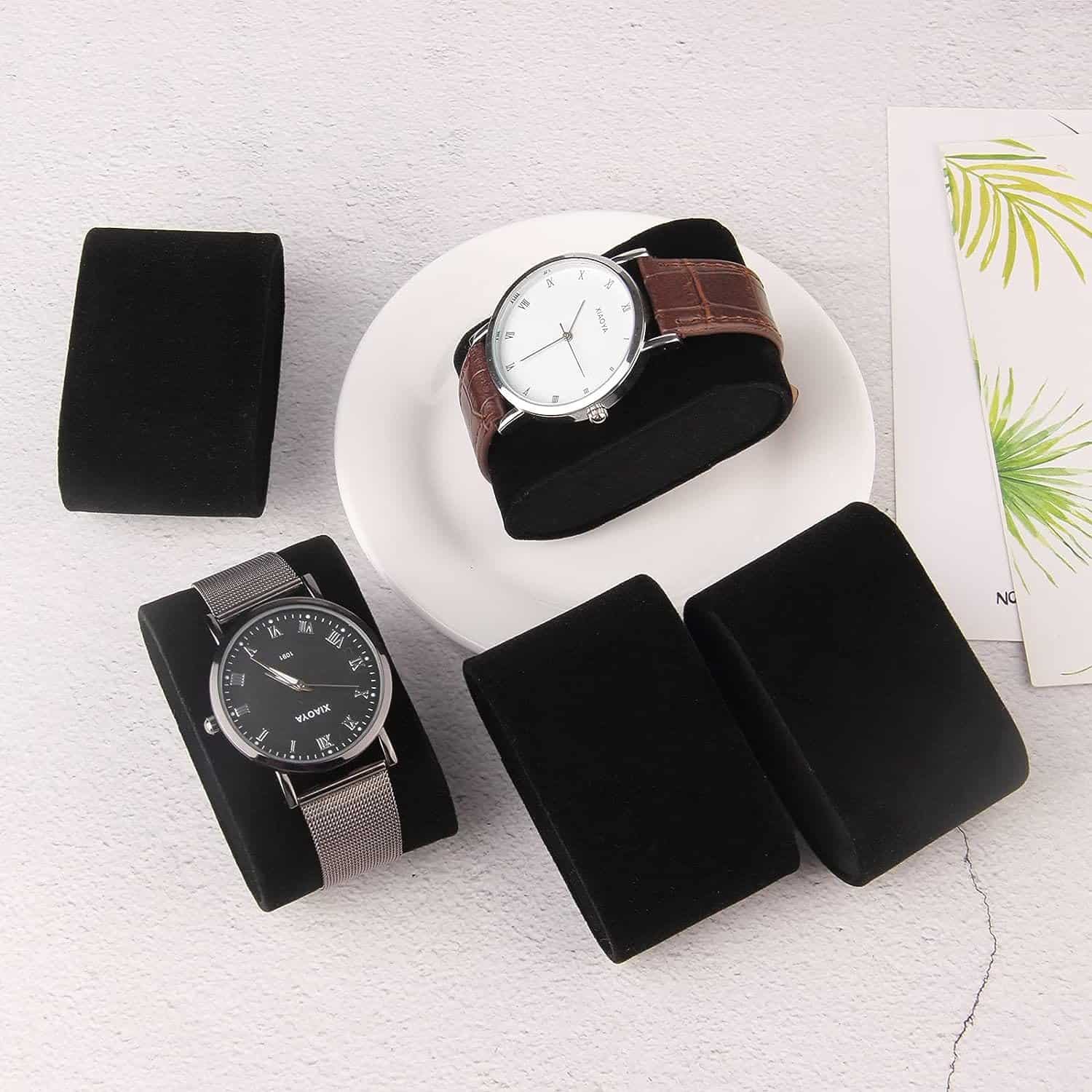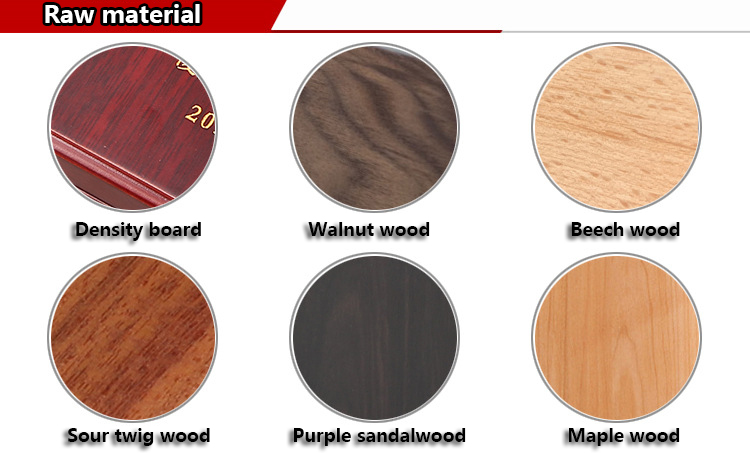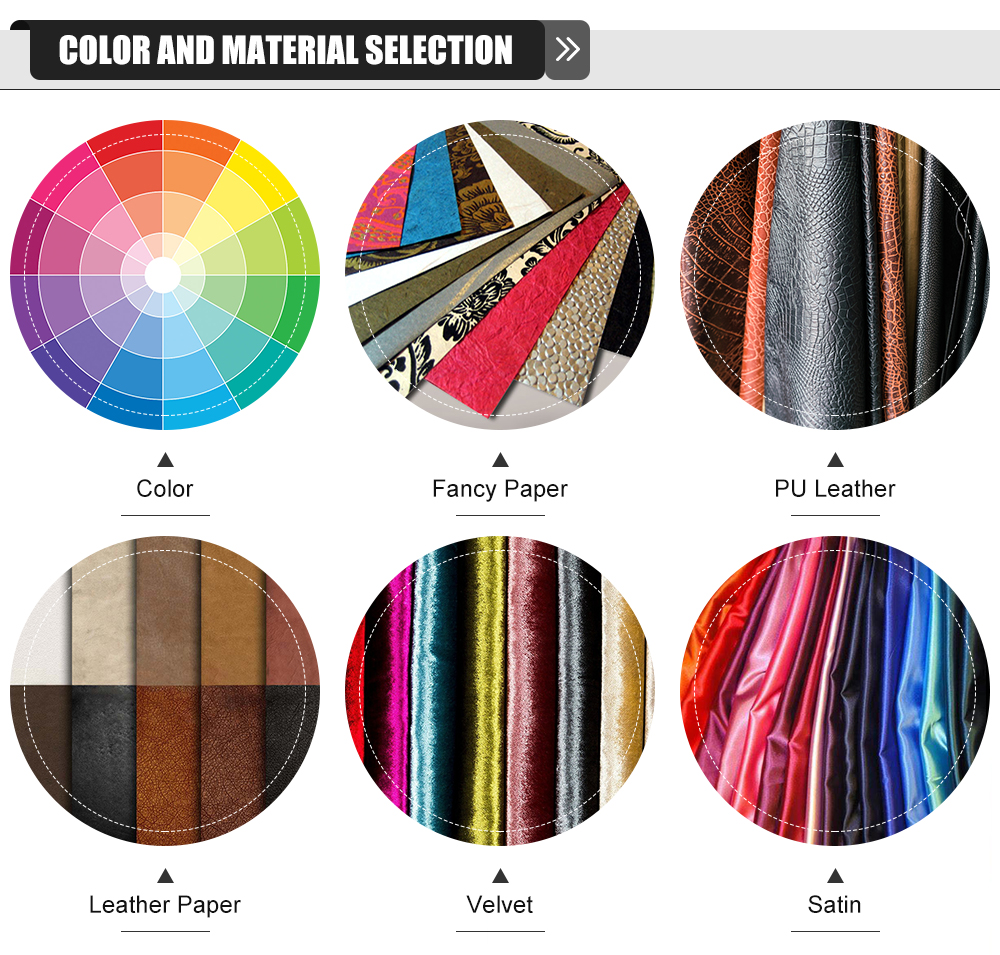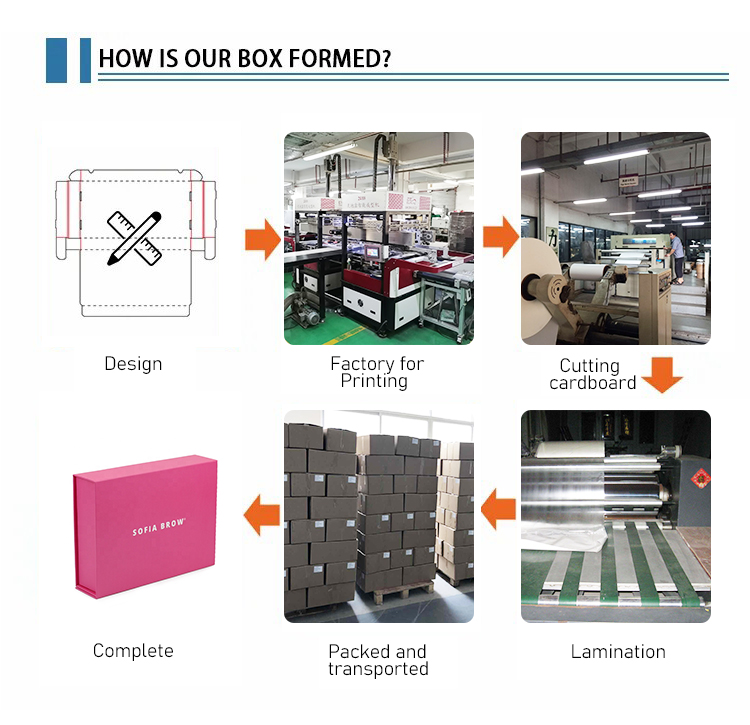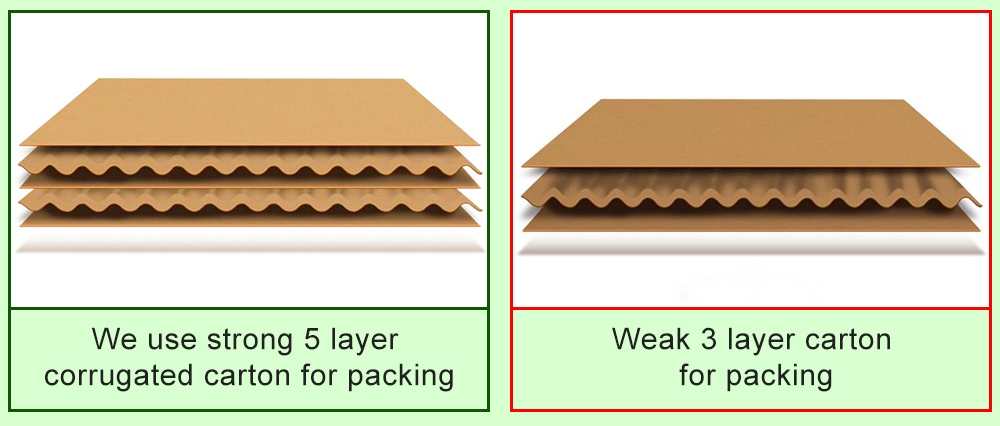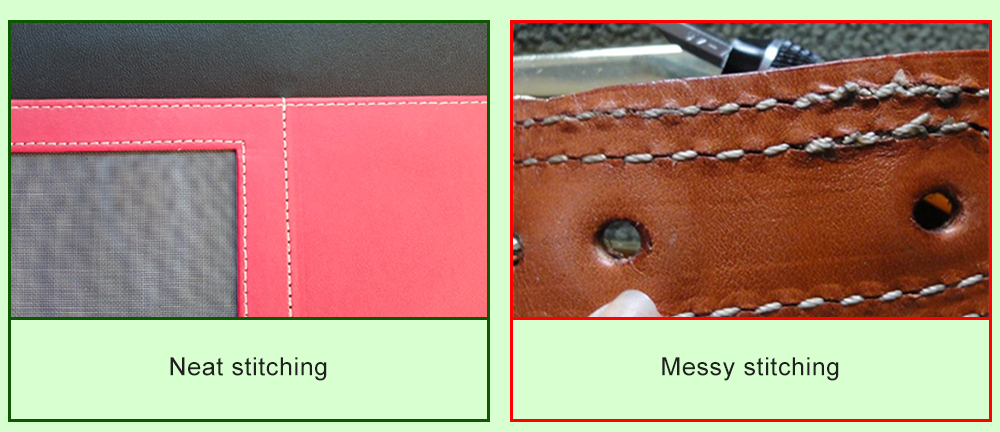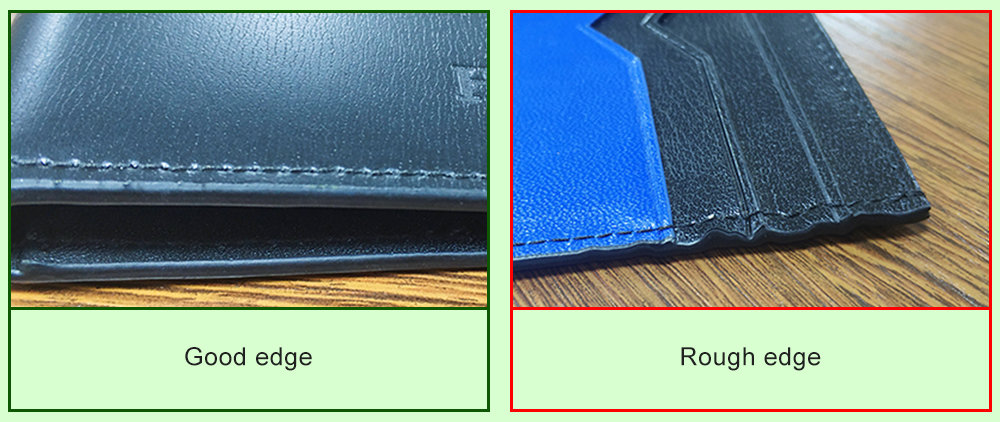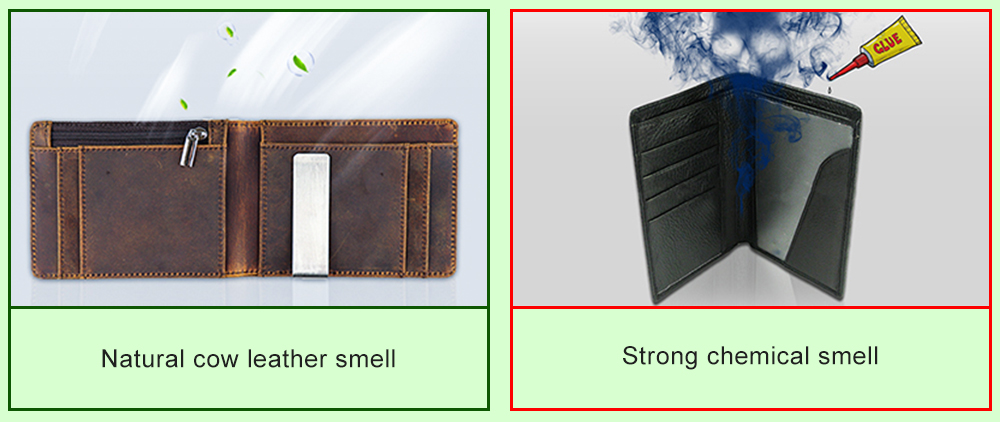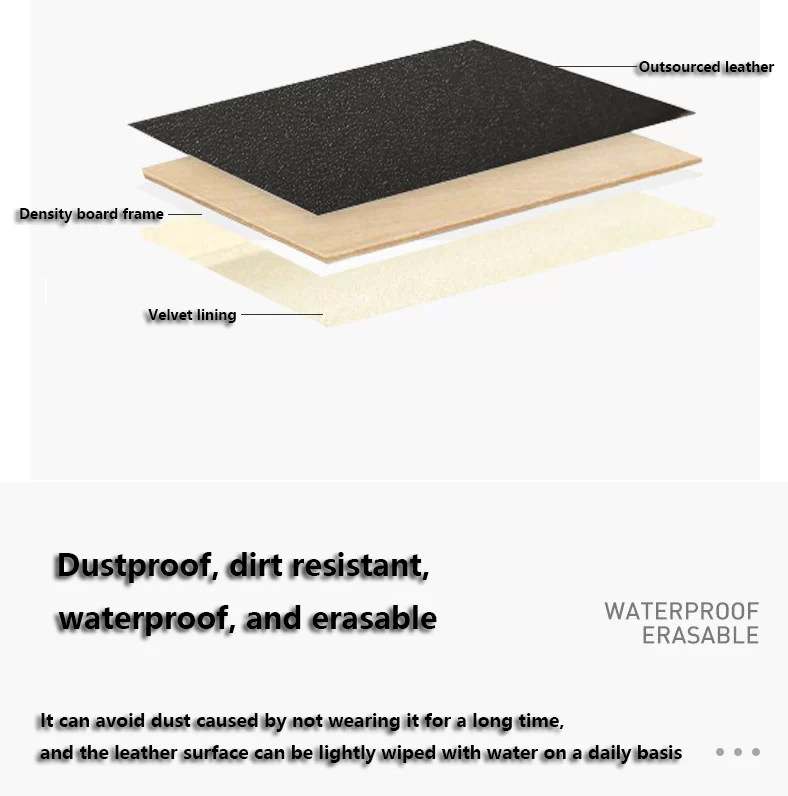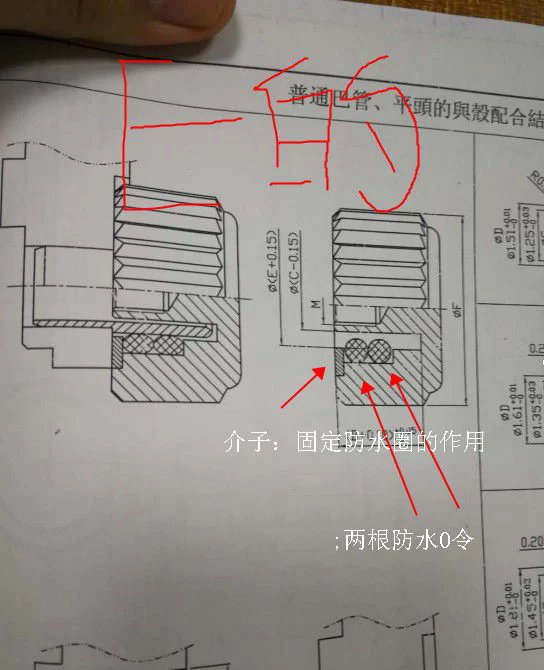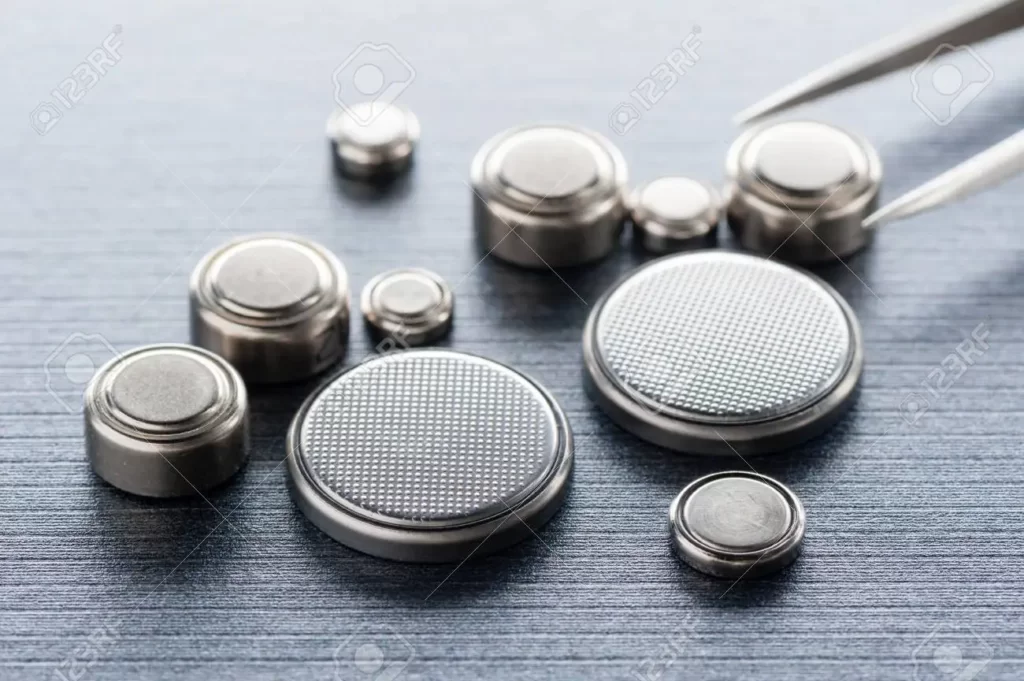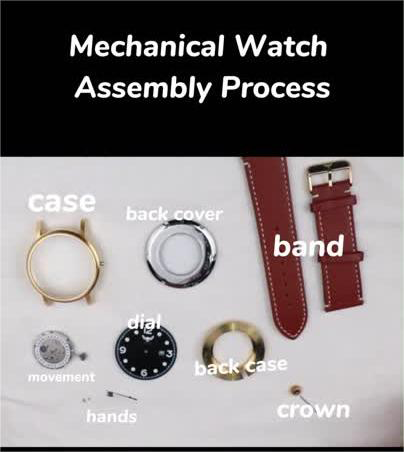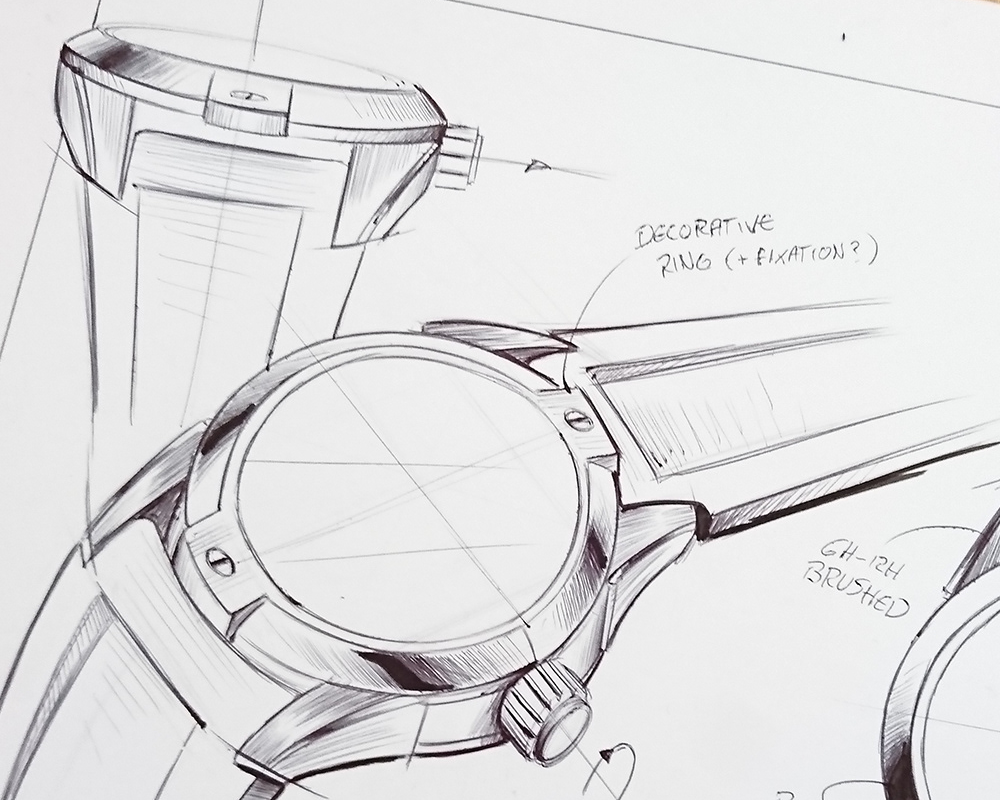Betekent meer diamanten beter in uurwerken?
Rol van diamanten in uurwerken
De rol van diamanten in uurwerken is veelzijdig en cruciaal voor de algehele prestaties en kwaliteit van het uurwerk. Diamanten worden gewaardeerd om hun uitzonderlijke hardheid, duurzaamheid en slijtvastheid, waardoor ze ideale materialen zijn voor verschillende componenten binnen een uurwerk.
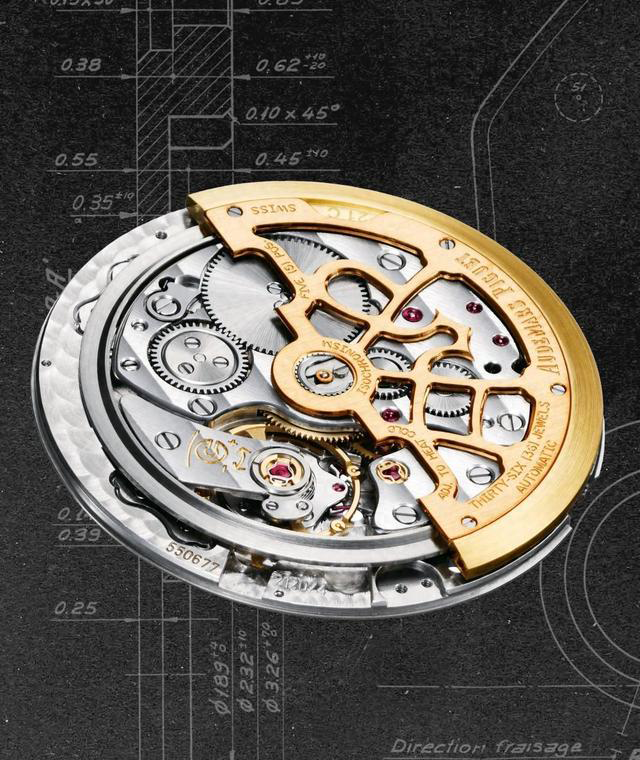
Voordelen van meer diamanten in uurwerken:
De voordelen van het opnemen van meer diamanten in uurwerken zijn talrijk en reiken verder dan louter esthetische aantrekkingskracht. Hier zijn enkele belangrijke voordelen:
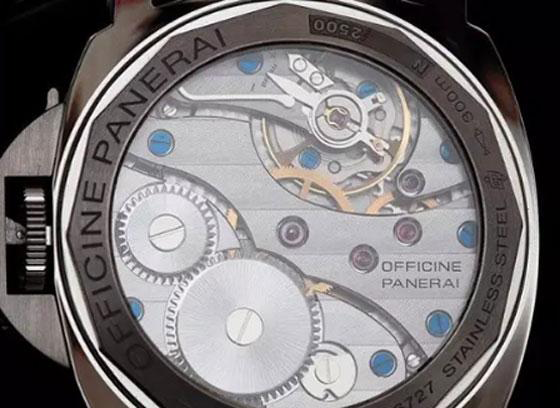
- Verbeterde duurzaamheid: Diamanten staan bekend om hun uitzonderlijke hardheid en duurzaamheid. Bij gebruik in uurwerken bieden ze een verhoogde weerstand tegen slijtage en wrijving. Dit vertaalt zich in een langere levensduur van het horloge, omdat de diamanten helpen de integriteit van kritische componenten in de loop van de tijd te behouden.
- Verbeterde precisie: De precieze en uniforme aard van diamanten zorgt voor een soepelere beweging binnen het horlogemechanisme. Dit resulteert in verbeterde nauwkeurigheid en precisie bij de tijdwaarneming, wat essentieel is voor uurwerken van hoge kwaliteit.
- Krasbestendigheid: Diamanten zijn zeer goed bestand tegen krassen, waardoor ze een ideaal materiaal zijn om kwetsbare horlogeonderdelen te beschermen. Horloges met met diamanten versterkte uurwerken zijn minder gevoelig voor beschadiging van het oppervlak, waardoor ze hun onberispelijke uiterlijk langer behouden.
- Esthetische aantrekkingskracht: Naast hun functionele voordelen voegen diamanten een vleugje luxe en elegantie toe aan uurwerken. Horloges versierd met diamanten op zichtbare delen zoals de wijzerplaat, lunette of indexen stralen verfijning en prestige uit en zijn aantrekkelijk voor veeleisende consumenten.
- Waardebehoud: Horloges met diamanten uurwerken behouden vaak hun waarde na verloop van tijd. De duurzaamheid en tijdloze schoonheid van diamanten dragen bij aan de lange levensduur van het uurwerk, waardoor het een waardevolle investering is voor verzamelaars en liefhebbers.
- Onderscheidend ontwerp: Het gebruik van diamanten zorgt voor ingewikkelde en boeiende ontwerpen in uurwerken. Of het nu gaat om een effen zetting op de wijzerplaat of een ring versierd met fonkelende stenen, de aanwezigheid van diamanten voegt een unieke en onderscheidende flair toe aan het algehele ontwerp van het horloge.
Nadelen van overmatige diamanten in uurwerken:
- Verhoogd gewicht: Overmatig diamanten in uurwerken kunnen het totale gewicht van het uurwerk aanzienlijk verhogen. Dit kan het comfort van de drager beïnvloeden, vooral als het horloge gedurende langere tijd wordt gedragen.
- Omvang: Horloges met overmatig veel diamanten kunnen omvangrijker worden vanwege het extra materiaal dat bij de constructie ervan is gebruikt. Dit kan afbreuk doen aan het strakke en slanke profiel waar veel horlogeliefhebbers de voorkeur aan geven.
- Hogere kosten: Horloges versierd met buitensporige diamanten worden doorgaans geleverd met hogere prijskaartjes. De kosten voor het verkrijgen en zetten van talloze diamanten kunnen de prijs van het horloge aanzienlijk opdrijven, waardoor het voor sommige consumenten minder toegankelijk wordt.
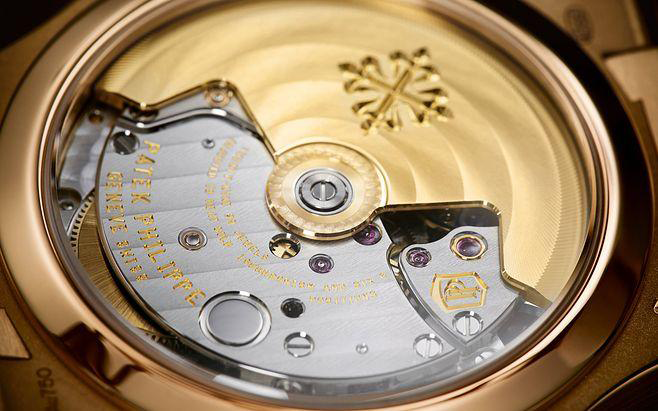
- Verminderde leesbaarheid: In sommige gevallen kan een overvloed aan diamanten op de wijzerplaat of wijzers de leesbaarheid belemmeren, vooral onder bepaalde lichtomstandigheden. De schittering en reflecties van de diamanten kunnen de tijd vertroebelen, waardoor het moeilijk wordt om in één oogopslag te lezen.
- Onderhoudsuitdagingen: Met diamanten ingelegde horloges vereisen speciale zorg en onderhoud om hun schoonheid te behouden. Het reinigen en onderhouden van dergelijke horloges kan complexer en duurder zijn vanwege de delicate aard van de diamanten en hun zettingen.
- Subjectieve smaak: Hoewel sommige mensen de weelderigheid van een met diamanten bezet horloge kunnen waarderen, vinden anderen het misschien opzichtig of opzichtig. Overmatige hoeveelheden diamanten kunnen de meningen polariseren en voldoen mogelijk niet aan ieders esthetische voorkeuren.
- Risico op schade: Horloges met veel diamanten zijn gevoeliger voor beschadiging, vooral als de diamanten niet goed zijn gezet. Losse of beschadigde diamanten kunnen afbreuk doen aan het uiterlijk van het horloge en kunnen dure reparaties vereisen.
Horlogemakers gebruiken verschillende soorten diamanten:
- Robijn: Robijnen worden vaak gebruikt als lagers in uurwerken, zoals in balanswiellagers en echappementwiellagers. Robijnrode lagers kunnen de wrijving tussen mechanische onderdelen verminderen, waardoor de nauwkeurigheid en stabiliteit van het horloge worden verbeterd.
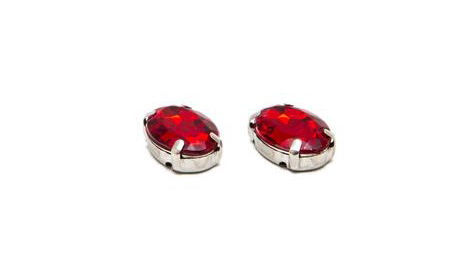
- Synthetische robijn: Synthetische robijnen kunnen ook worden gebruikt als lagers in uurwerken, vergelijkbaar met natuurlijke robijnen, maar kosteneffectiever.
- Saffier: Saffieren worden doorgaans gebruikt in transparante afdekplaten en transparante achterkanten van horloges als beschermend en decoratief materiaal. De transparantie en duurzaamheid van saffier maken het een ideale keuze om het voortreffelijke vakmanschap en de complexe constructie van het uurwerk te demonstreren.
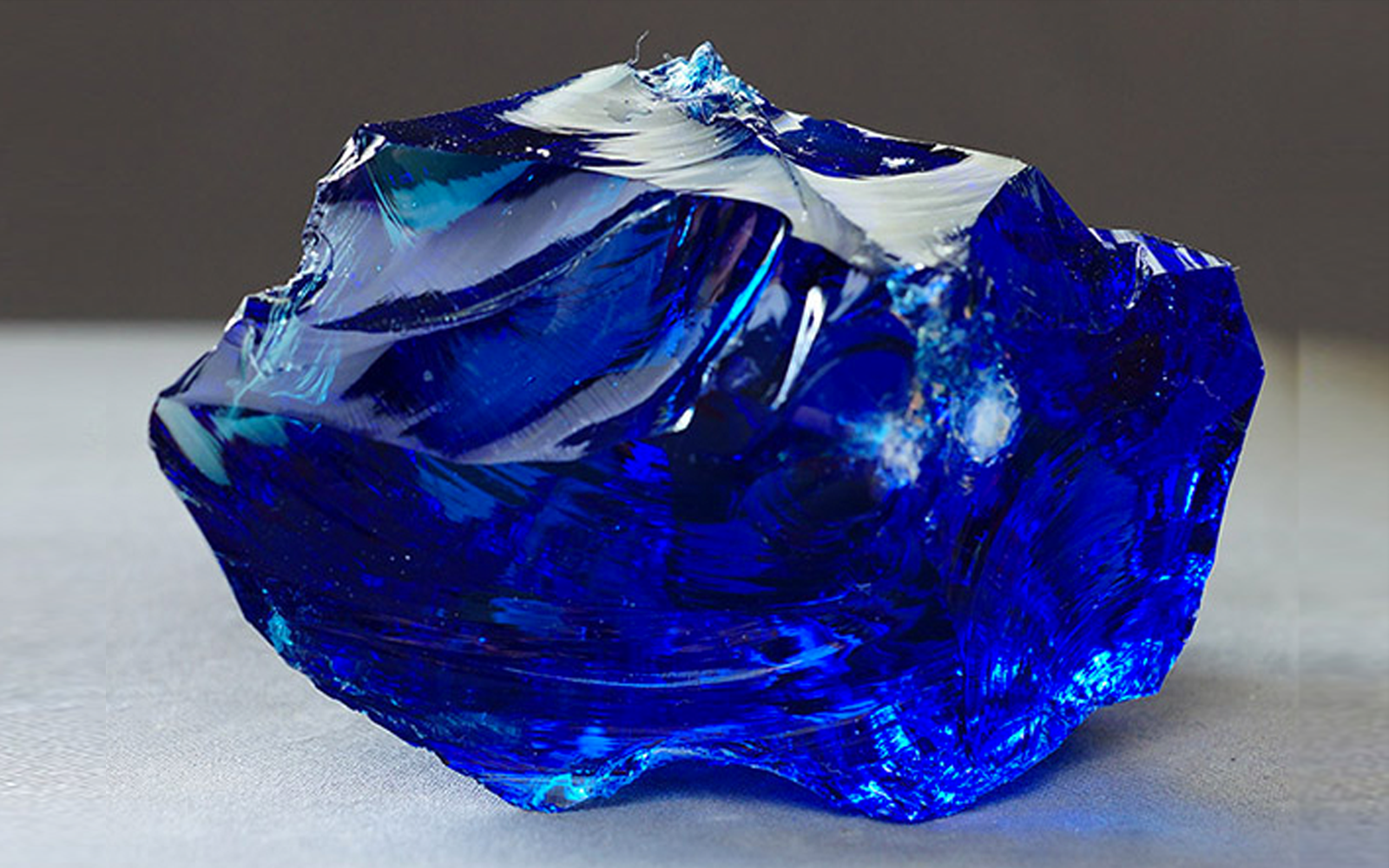
saffier - Synthetische saffier: Synthetische saffieren, vergelijkbaar met natuurlijke saffieren, worden vaak gebruikt in transparante afdekplaten en transparante achterkant van de kast om het uurwerk te beschermen en te versieren.
De vorm van de diamanten in het uurwerk::
De juwelen in een uurwerk zijn doorgaans verkrijgbaar in verschillende vormen, waaronder:
- Ronde: De meest voorkomende vorm voor juwelen die in uurwerken worden gebruikt, is rond. Ronde juwelen zijn veelzijdig en kunnen in verschillende delen van het uurwerk worden gebruikt.
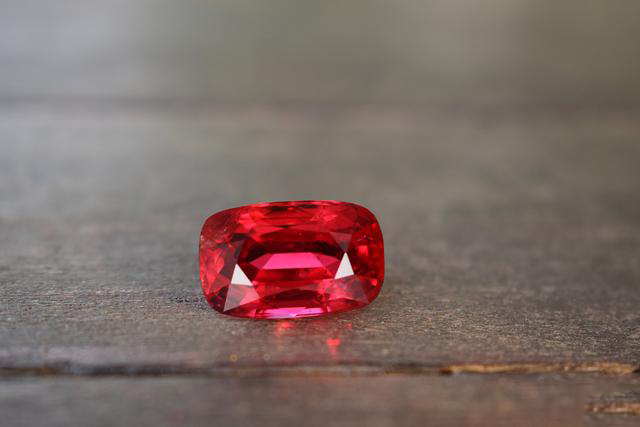
- Ovaal: Sommige uurwerken kunnen ovaalvormige juwelen gebruiken, vooral in gebieden waar de ruimte beperkt is of waar een specifieke vorm vereist is voor optimale prestaties.
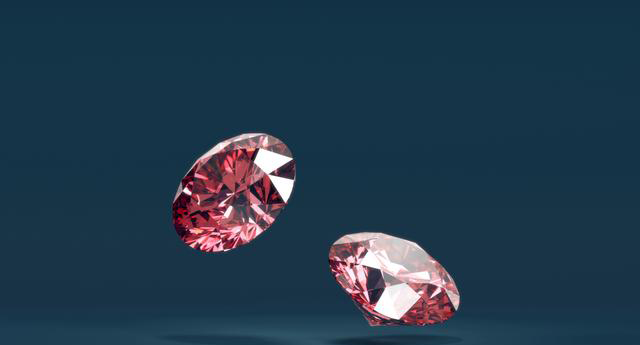
- Vierkant of rechthoekig: Vierkante of rechthoekige juwelen kunnen worden gebruikt in specifieke delen van de beweging, waardoor stabiliteit en ondersteuning wordt geboden in hoekige of beperkte ruimtes.
- In de vorm van een vat: Tonvormige juwelen komen minder vaak voor, maar kunnen worden gebruikt in gespecialiseerde delen van het uurwerk waar een unieke vorm nodig is voor een nauwkeurige werking.
- Peervormig: Peervormige juwelen worden ook af en toe gebruikt in uurwerken, vooral in gebieden waar een taps toelopende of puntige vorm voordelig is.
Referentie:https://en.wikipedia.org/wiki/Jewel_bearing
Over het algemeen wordt de vorm van de juwelen in een uurwerk bepaald door de specifieke eisen van elk onderdeel van het uurwerk en de ontwerpvoorkeuren van de horlogemaker.
Waar komen de diamanten in uurwerken vandaan?
De robijnen die doorgaans in uurwerken worden gebruikt, zijn afkomstig van minerale afzettingen van natuurlijke robijn. Ruby-afzettingen zijn wereldwijd te vinden, waaronder de belangrijkste producerende landen Myanmar, Thailand, Sri Lanka en Tanzania. Deze regio's staan bekend om hun hoogwaardige robijnafzettingen. Tijdens het mijnbouwproces worden robijnhoudende rotsen gewonnen en verwerkt en gesneden om de robijnlagers en andere componenten te produceren die worden gebruikt in uurwerken.
Wat de functie van de diamanten in uurwerken is
De juwelen in uurwerken spelen een cruciale rol in verschillende aspecten:
- Wrijvingsreductie: De juwelen, meestal gemaakt van synthetische saffier of robijn, dienen als lagers of zittingen in het uurwerk. Hun hoge hardheid en glad oppervlak helpen de wrijving tussen mechanische onderdelen te verminderen, waardoor een soepele werking van het uurwerk wordt gegarandeerd.

- Verbeterde nauwkeurigheid: Door hun uniforme structuur en hardheid bieden juwelen stabiele ondersteuning en balans, wat bijdraagt aan een verbeterde nauwkeurigheid en stabiliteit van het horloge.
- Verlengde levensduur: De hardheid en slijtvastheid van juwelen beschermen cruciale onderdelen van het uurwerk, zoals de balanswiellagers en de echappementwiellagers, waardoor slijtage wordt verminderd en de levensduur van het horloge wordt verlengd.
- Verhoogde betrouwbaarheid: De stabiliteit en duurzaamheid van de juwelen in het uurwerk zorgen voor een langdurige stabiele werking, waardoor de betrouwbaarheid en duurzaamheid van het horloge worden vergroot.
Over het geheel genomen spelen de juwelen in uurwerken een cruciale rol bij het garanderen van de nauwkeurige werking en langdurige betrouwbaarheid van het horloge.
Hoe bepaal je of een high-end horloge decoratieve of functionele edelstenen gebruikt?
Om te bepalen of de edelstenen die in een luxe horloge worden gebruikt, decoratief of functioneel zijn, kunnen verschillende factoren in overweging worden genomen:
- Positie en hoeveelheid: Ten eerste moet aandacht worden besteed aan de positie en hoeveelheid van de edelstenen. Als de edelstenen voornamelijk geconcentreerd zijn op de wijzerplaat, ring, wijzers en andere esthetische delen van het horloge, en er zijn er een groot aantal, zijn het waarschijnlijk decoratieve edelstenen die worden gebruikt om de visuele aantrekkingskracht en luxe van het horloge te versterken. Omgekeerd, als de edelstenen voornamelijk worden gebruikt in belangrijke onderdelen van het uurwerk, zoals lagers en pallets, waar hun aanwezigheid cruciaal is voor het verbeteren van de nauwkeurigheid en stabiliteit van het horloge, zijn het waarschijnlijk functionele edelstenen.
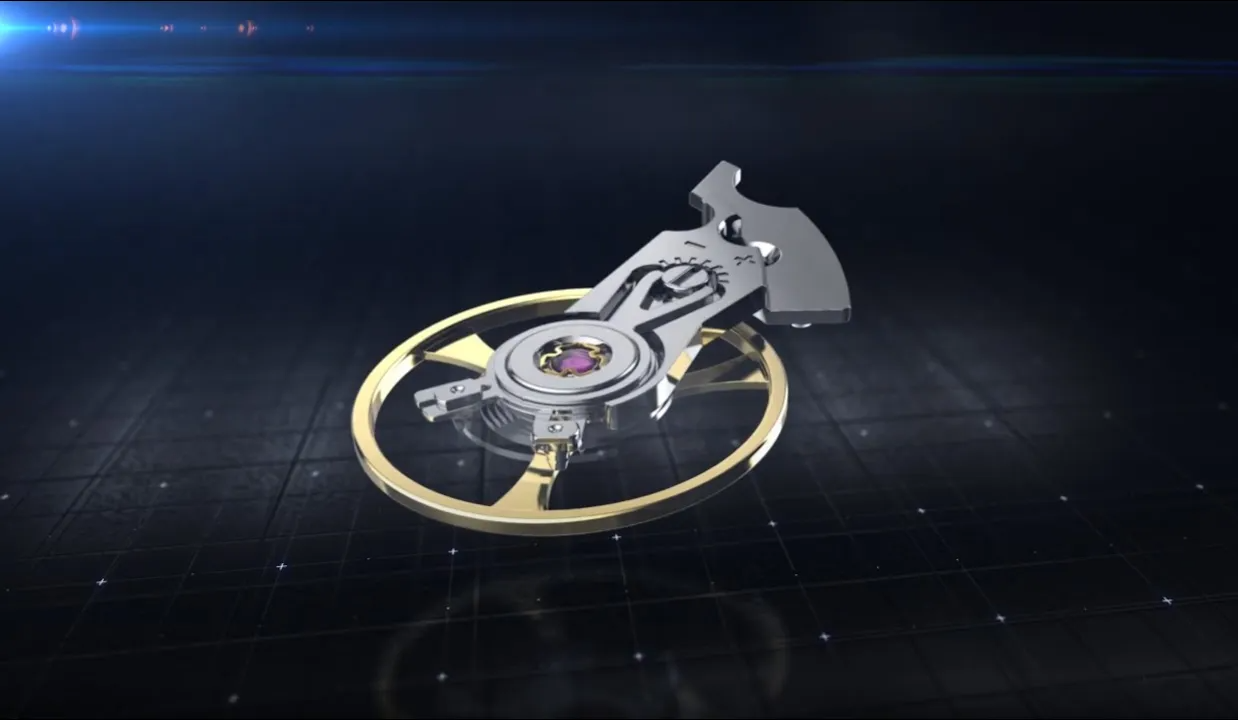
- Materiaal en kwaliteit: Ten tweede moet er rekening worden gehouden met het materiaal en de kwaliteit van de edelstenen. Decoratieve edelstenen worden vaak gekozen vanwege hun levendige kleuren en aantrekkelijke uiterlijk, zoals diamanten en gekleurde edelstenen, om het visuele effect en de luxe van het horloge te versterken. Functionele edelstenen geven daarentegen prioriteit aan hardheid, transparantie en zuiverheid om ervoor te zorgen dat ze functionele ondersteuning van hoge kwaliteit kunnen bieden.
- Merk en positionering: Ten slotte moet er ook rekening gehouden worden met het merk en de positionering van het horloge. Sommige luxe horlogemerken richten zich in hun ontwerpen meer op esthetiek en luxe, en edelstenen kunnen voornamelijk voor decoratie worden gebruikt. Technische horlogemerken geven daarentegen prioriteit aan functionaliteit en prestaties, en edelstenen kunnen vaker worden gebruikt om de kwaliteit en precisie van het uurwerk te verbeteren.
Kortom, door de positie en hoeveelheid, het materiaal en de kwaliteit van de edelstenen te observeren, evenals het merk en de positionering van het horloge, kan men een relatief nauwkeurig oordeel vellen over de vraag of de edelstenen die in een high-end horloge worden gebruikt decoratief of functioneel zijn. .
Zijn de diamanten in hoogwaardige uurwerken waardevol?
Sinds de opkomst van synthetische edelstenen in 1892 hebben horlogefabrikanten voornamelijk aluminiumoxide en kleurstoffen (zoals chroomoxide) gebruikt die bij hoge temperaturen zijn gesinterd om rode robijnen te vormen. Vóór de 19e eeuw werden echter dure natuurlijke robijnen gebruikt in uurwerken. Daarom werden mechanische horloges met robijnlagers destijds als hoogwaardige uurwerken beschouwd en werden er hoge prijzen voor gevraagd.
Omdat de meeste edelstenen die tegenwoordig in hoogwaardige uurwerken worden gebruikt, synthetisch zijn, betekent dit dat deze edelstenen betekenisloos zijn?
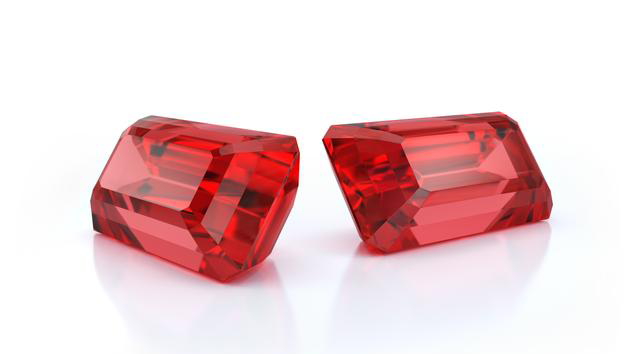
De edelstenen die worden gebruikt in hoogwaardige uurwerken hebben doorgaans enige waarde, maar hun waarde hangt van verschillende factoren af:
Edelsteenkwaliteit: De kwaliteit van de edelsteen heeft een aanzienlijke invloed op de waarde ervan. Natuurlijke edelstenen van hoge kwaliteit, zoals premium robijnen en saffieren, maar ook synthetische edelstenen zoals synthetische robijnen en saffieren, hebben over het algemeen een hogere waarde. Hun helderheid, kleur en zuiverheid hebben rechtstreeks invloed op hun marktwaarde.
Hoeveelheid en grootte van edelstenen: Het aantal en de grootte van de edelstenen die in uurwerken worden gebruikt, hebben ook invloed op hun waarde. Over het algemeen hebben uurwerken met meer edelstenen en grotere maten doorgaans een relatief hogere waarde, omdat dit impliceert dat de horlogefabrikant meer kosten en vakmanschap in het productieproces heeft geïnvesteerd.
Bekijk merk en model: Ook het merk en model van het horloge zijn belangrijke factoren bij het bepalen van de waarde van edelstenen in het uurwerk. Sommige bekende horlogemerken en specifieke modellen kunnen een hogere verzamelwaarde hebben vanwege hun zeldzaamheid en uniciteit, waardoor de algehele waarde van het uurwerk mogelijk toeneemt.

Marktvraag en trends: Ten slotte hebben de marktvraag en trends ook invloed op de waarde van edelstenen in uurwerken. Als een bepaald type horloge of specifiek merk de voorkeur geniet van verzamelaars of consumenten, kunnen de daarin gebruikte edelstenen daardoor in waarde stijgen.
In feite spelen deze edelstenen een onvervangbare rol vanwege hun hoge hardheid (Mohs-hardheid van 9), slijtvastheid, goede oppervlakteruwheid en lage wrijvingscoëfficiënt (wrijvingscoëfficiënt bereikt doorgaans 0,14 bij droge wrijving bij gebruik in combinatie met metalen onderdelen, en wrijvingscoëfficiënt kan worden verlaagd tot 0,01 onder goede smeringsomstandigheden).
Bij gebruik als lagers in het uurwerk wordt de transmissie-efficiëntie van tandwielen aanzienlijk verbeterd, waardoor het horloge nauwkeuriger wordt en de levensduur aanzienlijk wordt verlengd. Er kan worden gezegd dat het aantal juwelen een belangrijke indicator is voor de kwaliteit van een mechanisch horloge, en de hoeveelheid edelstenen wordt meestal op de wijzerplaat aangegeven.
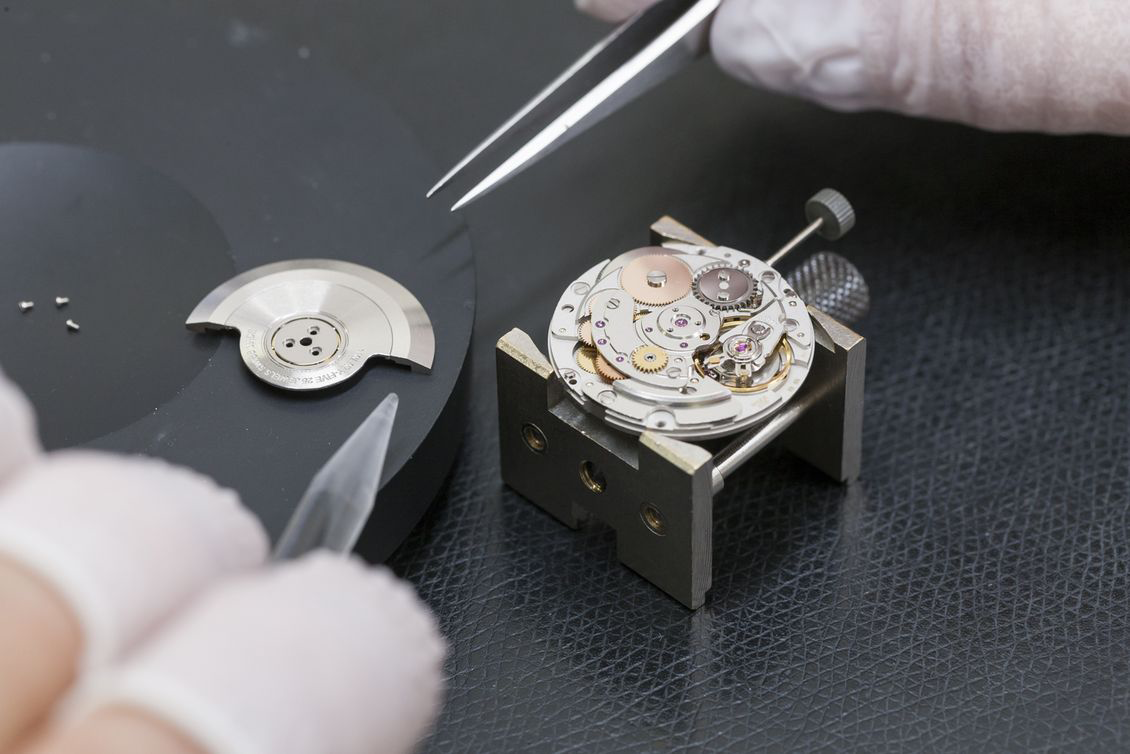
Therefore, in the past, some watch manufacturers, in order to attract consumers’ attention, marked the quantity of non-functional diamonds (decorative diamonds) on the movement, dial, and case of mechanical watches. This practice, such as having small dials with many diamonds (there are watches with 88 diamonds on the market), is obviously misleading to consumers who are not knowledgeable about watches.
Om deze situatie te beteugelen bepaalt de internationale norm ISO-1112 dat alleen het aantal functionele edelstenen op de wijzerplaat mag worden aangegeven; Ongeacht het aantal niet-functionele edelstenen is markering niet toegestaan.
Uit het bovenstaande kunnen we zien dat hoe meer edelstenen in een uurwerk worden gebruikt, niet noodzakelijkerwijs beter betekent. Het gemiddelde aantal juwelen in een typisch mechanisch uurwerk bedraagt ongeveer 19 (ongeveer 25 voor automatische mechanische uurwerken). Als er bovendien andere complexe mechanismen zijn, kan het aantal juwelen in op maat gemaakte horloges toenemen. Zeker is echter dat het belang van decoratieve edelstenen iets lager is dan dat van functionele edelstenen.
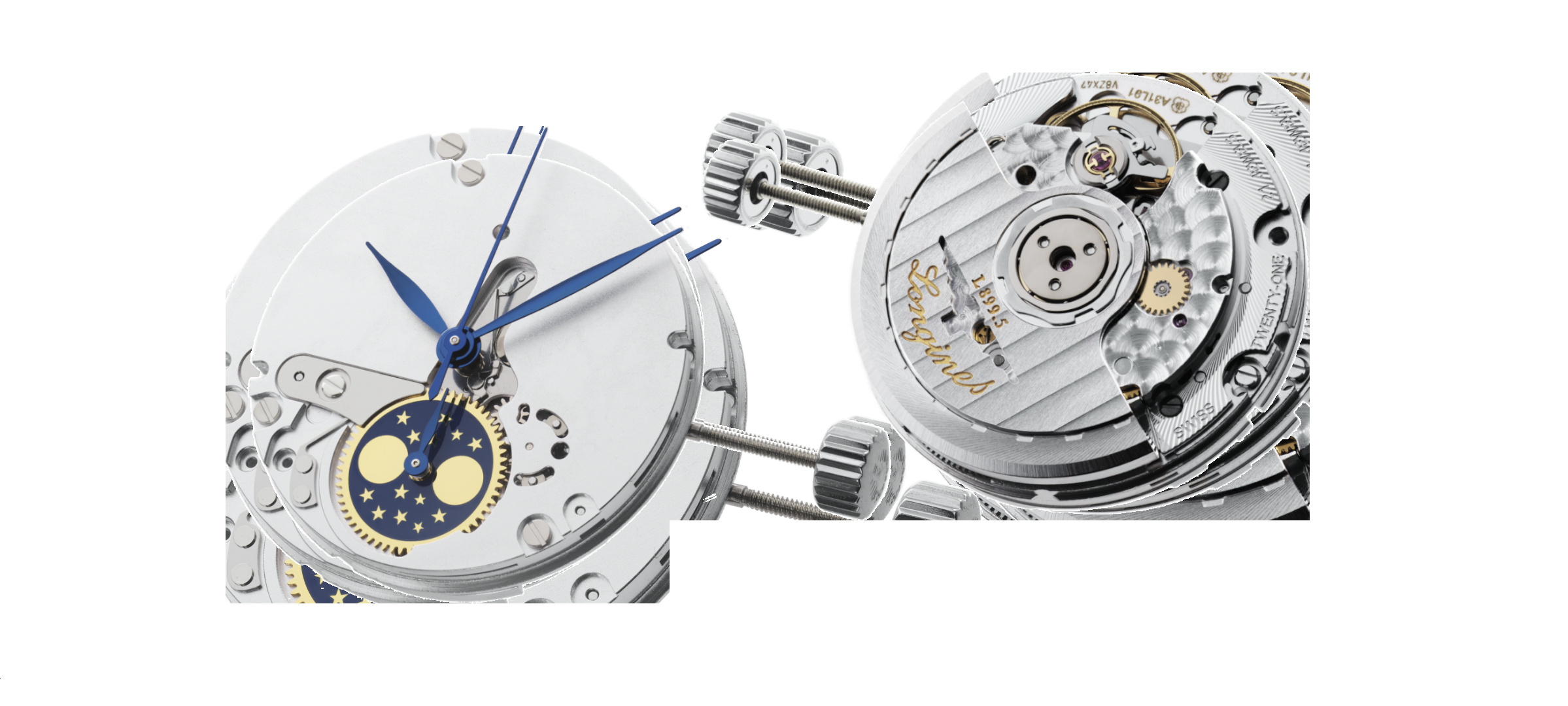
Samenvattend hebben de edelstenen die worden gebruikt in hoogwaardige uurwerken meestal enige waarde, maar hun specifieke waarde hangt af van de uitgebreide impact van verschillende factoren.
Tips van experts voor het selecteren van diamanten horloges
- Stel een budget in: Bepaal uw budget voordat u op zoek gaat naar een diamanten horloge. Prijzen kunnen aanzienlijk variëren, afhankelijk van factoren zoals de kwaliteit en kwantiteit van de diamanten, evenals het merk en vakmanschap van het horloge.
- Overweeg diamantkwaliteit: Let op de kwaliteit van de diamanten die in het horloge worden gebruikt. Zoek naar diamanten met een hoge helderheid, kleur en slijpkwaliteit om maximale schittering en schittering te garanderen.
- Evalueer vakmanschap: Beoordeel het vakmanschap van het horloge, inclusief de zetting van de diamanten en de algehele constructie. Zorg ervoor dat de diamanten veilig zijn gezet om het risico op schade of verlies te minimaliseren.
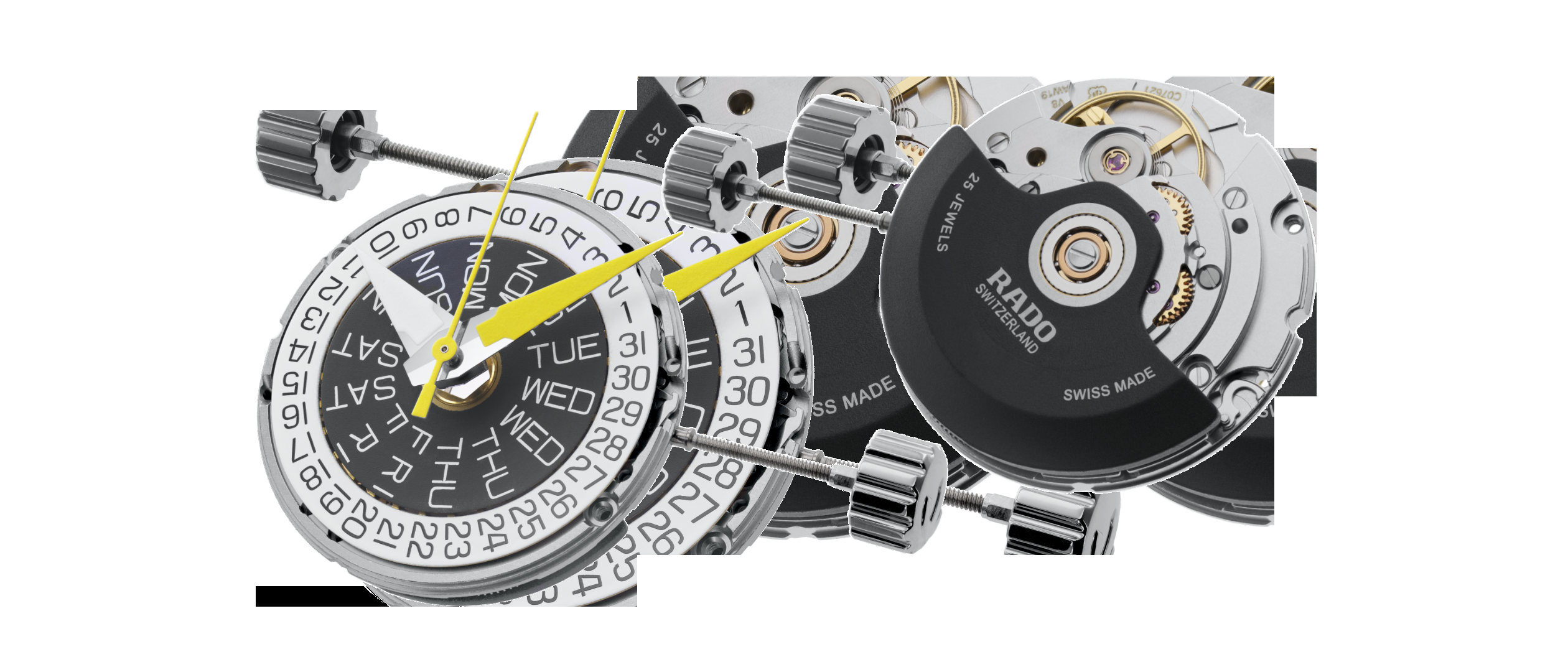
Mechanische beweging - Kies een gerenommeerd merk: Kies voor een gerenommeerd merk dat bekend staat om zijn kwaliteit en vakmanschap. Gevestigde horlogemakers met een geschiedenis in het produceren van uurwerken van hoge kwaliteit bieden eerder betrouwbare diamanten horloges aan.
- Onderzoek de beweging: Kijk naar de beweging van het horloge en houd rekening met factoren zoals nauwkeurigheid, betrouwbaarheid en functionaliteit. Een uurwerk van hoge kwaliteit is essentieel om de prestaties van het horloge op de lange termijn te garanderen.
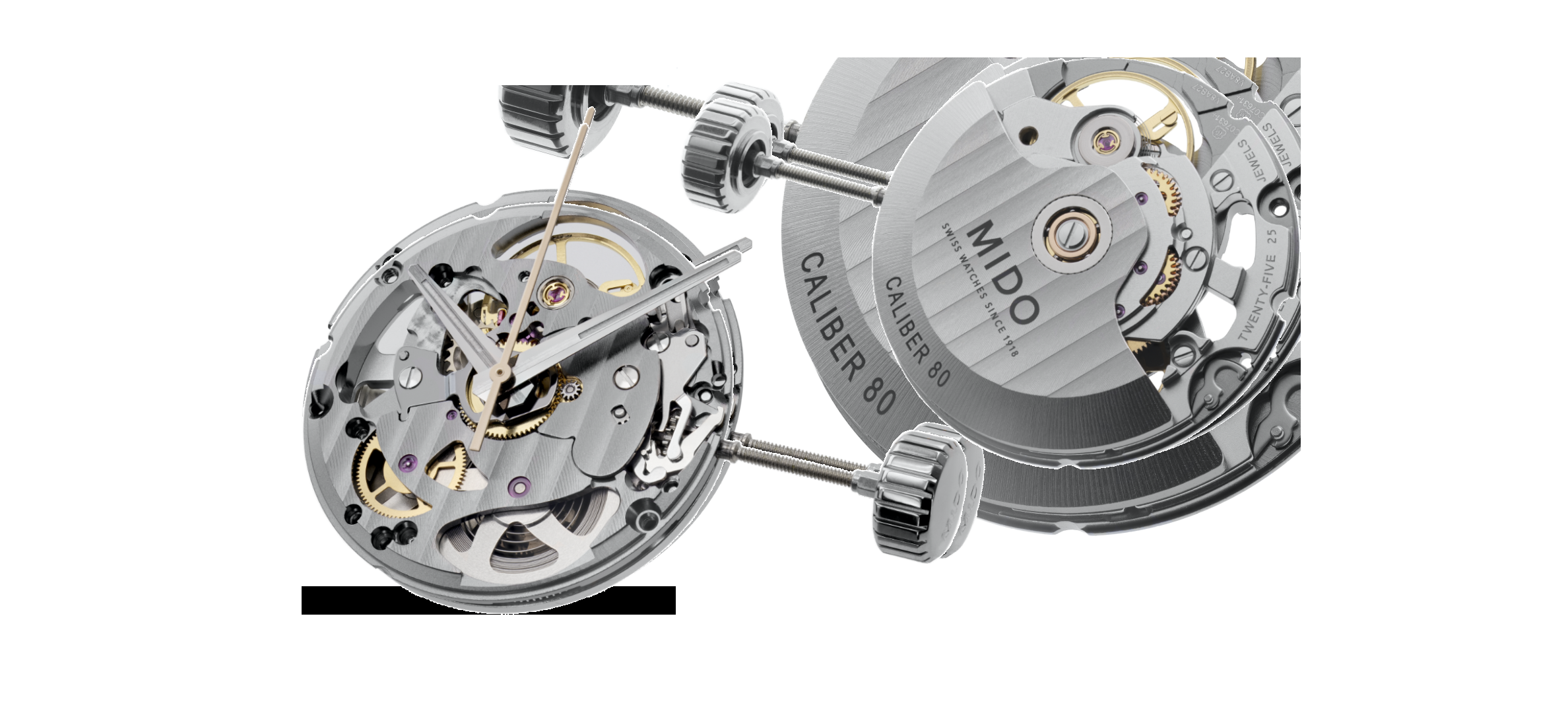
Mechanische beweging - Denk na over uw levensstijl: Houd rekening met uw levensstijl bij het selecteren van een diamanten horloge. Als u een actieve levensstijl leidt of werkt in omgevingen waar het horloge aan ruige omstandigheden kan worden blootgesteld, kies dan voor een horloge met een duurzaam ontwerp en een stevige constructie.
- Vraag deskundig advies: Raadpleeg deskundige experts of horlogeliefhebbers voor advies en aanbevelingen. Ze kunnen waardevolle inzichten bieden in de kwaliteit, waarde en prestaties van verschillende diamanten horloges.
- Probeer voordat je koopt: Probeer het horloge indien mogelijk eerst voordat u een aankoop doet. Let op hoe het voelt om je pols en hoe de diamanten het licht opvangen. Zorg ervoor dat het horloge comfortabel is om te dragen en past bij jouw persoonlijke stijl.
- Onderzoek garantie- en serviceopties: Kijk naar de garantie- en serviceopties die door de fabrikant of detailhandelaar worden aangeboden. Een uitgebreide garantie en betrouwbare serviceopties kunnen u gemoedsrust bieden en ervoor zorgen dat uw investering beschermd is.
- Vertrouw je instinct: Vertrouw uiteindelijk op uw instinct en kies een diamanten horloge dat u aanspreekt. Kies een horloge dat aansluit bij uw persoonlijke stijl, voorkeuren en waarden, zodat u er jarenlang plezier van zult hebben om het te dragen.
Onderhoud en verzorging van diamanten horloges:
- Regelmatige reiniging: Maak uw diamanten horloge regelmatig schoon om vuil, olie en vuil te verwijderen dat zich op het oppervlak kan ophopen. Gebruik een zachte, pluisvrije doek die is bevochtigd met een mild sopje om het horloge voorzichtig af te vegen en zorg ervoor dat u het niet in water onderdompelt.
- Vermijd agressieve chemicaliën: Stel uw diamanten horloge niet bloot aan agressieve chemicaliën zoals bleekmiddel, ammoniak of chloor, omdat deze het metaal kunnen beschadigen en de kwaliteit van de diamanten kunnen aantasten. Doe uw horloge af voordat u activiteiten gaat ondernemen zoals zwemmen of schoonmaken met producten op chemische basis.
- Beschermen tegen impact: Diamanten zijn duurzaam, maar kunnen nog steeds afbrokkelen of barsten als ze worden blootgesteld aan harde schokken. Draag uw diamanten horloge niet tijdens activiteiten waarbij het gevoelig is voor schokken of contact met harde oppervlakken.

Mechanische beweging - Op de juiste manier bewaren: Wanneer u uw diamanten horloge niet gebruikt, bewaar het dan op een schone, droge plaats, uit de buurt van direct zonlicht en extreme temperaturen. Overweeg het gebruik van een zachte doek of horlogedoos om deze tegen stof en krassen te beschermen.
- Professioneel onderhoud: Laat uw diamanten horloge periodiek onderhouden door een professionele horlogemaker, zodat het in optimale staat blijft. Regelmatig onderhoud kan helpen eventuele problemen te identificeren en op te lossen voordat ze escaleren, waardoor de levensduur van uw uurwerk wordt verlengd.
- Controleer op losse stenen: Inspecteer uw diamanten horloge regelmatig op losse of ontbrekende stenen. Als u iets opmerkt, breng uw horloge dan ter reparatie naar een gerenommeerde juwelier of horlogemaker om verdere schade te voorkomen.
- Vermijd magnetische velden: Houd uw diamanten horloge uit de buurt van sterke magnetische velden, aangezien deze de beweging en nauwkeurigheid van het horloge kunnen verstoren. Plaats uw horloge niet in de buurt van elektronische apparaten of magnetische sieraden.
- Vermijd extreme temperaturen: Stel uw diamanten horloge niet bloot aan extreme temperaturen, omdat dit de prestaties en duurzaamheid kan beïnvloeden. Draag uw horloge niet in bubbelbaden of sauna's, omdat langdurige blootstelling aan hitte de interne componenten kan beschadigen.
- Wees zachtaardig: Behandel uw diamanten horloge met zorg en vermijd onnodige ruwe behandeling of overmatig geweld. Oefen bij het instellen van de tijd of het afstellen van de kroon zachte, constante druk uit om beschadiging van de delicate mechanismen te voorkomen.
- Professionele reiniging: Overweeg om uw diamanten horloge periodiek professioneel te laten reinigen en inspecteren om er zeker van te zijn dat het in optimale staat blijft. Professionele reiniging kan hardnekkig vuil verwijderen en de glans van de diamanten herstellen.
Comparison of Diamond Watches with Alternative Materials
Diamanten horloges:
- Luxe uitstraling: Diamanten horloges stralen luxe en verfijning uit, dankzij de schittering en schittering van de diamanten. Ze voegen een vleugje elegantie toe aan elke outfit en worden vaak gezien als statussymbolen.
- Uitzonderlijke hardheid: Diamanten zijn een van de hardste materialen op aarde, waardoor ze zeer goed bestand zijn tegen krassen en slijtage. Dit zorgt ervoor dat diamanten horloges hun onberispelijke uiterlijk behouden, zelfs na jarenlang dragen.
- Langdurige investering: Diamanten horloges worden als waardevolle investeringen beschouwd vanwege de blijvende schoonheid en duurzaamheid van diamanten. Ze hebben de neiging hun waarde in de loop van de tijd goed te behouden en kunnen zelfs in waarde stijgen, vooral als ze zeldzaam zijn of van prestigieuze merken zijn.
Alternatieve materialen:
- Roestvrij staal: Roestvrij staal is een populair materiaal dat wordt gebruikt bij het maken van horloges vanwege de duurzaamheid en betaalbaarheid. Hoewel ze niet zo luxueus zijn als diamanten, zijn roestvrijstalen horloges zeer goed bestand tegen corrosie en bieden ze een strakke, moderne esthetiek.
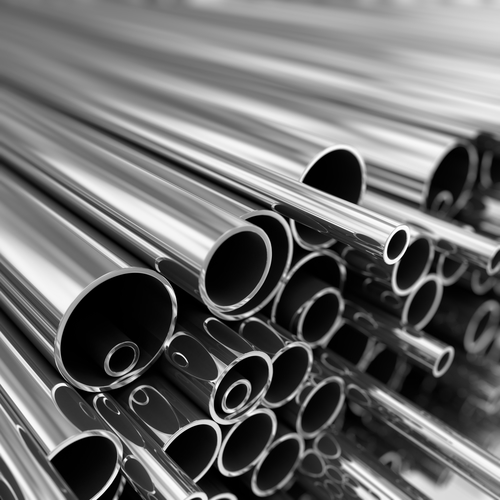
Roestvrij staal - Keramiek: Keramische horloges staan bekend om hun krasbestendige eigenschappen en lichtgewicht gevoel. Ze hebben een eigentijdse uitstraling en zijn verkrijgbaar in een breed scala aan kleuren. Keramische horloges kunnen echter gevoeliger zijn voor versplintering of chippen in vergelijking met diamanten.
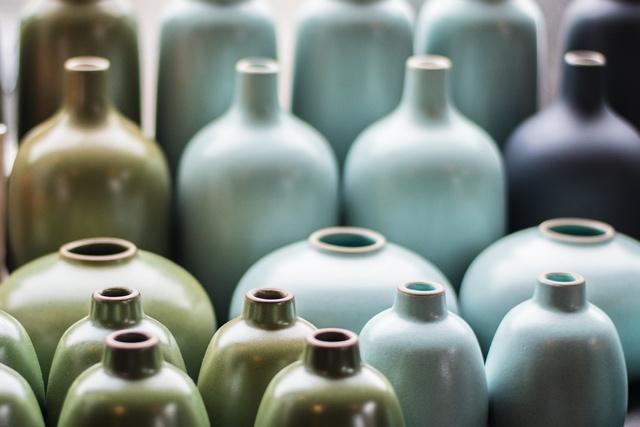
Keramiek - Titanium: Titaniumhorloges worden gewaardeerd om hun sterkte, lichtgewicht gevoel en hypoallergene eigenschappen. Ze zijn zeer goed bestand tegen corrosie en worden vaak gebruikt in sport- en outdoorhorloges. Titanium mist echter de schittering en glamour die geassocieerd wordt met diamanten.
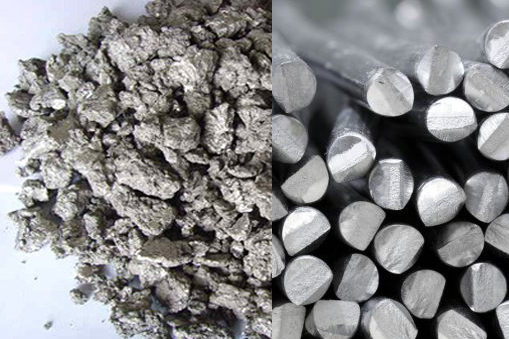
Titanium - Goud: Gouden horloges zijn klassieke uurwerken die elegantie en luxe uitstralen. Hoewel ze niet zo duurzaam zijn als diamanten, worden gouden horloges zeer gewaardeerd vanwege hun tijdloze aantrekkingskracht en investeringswaarde. Ze hebben echter mogelijk vaker onderhoud nodig om krassen en aanslag te voorkomen.
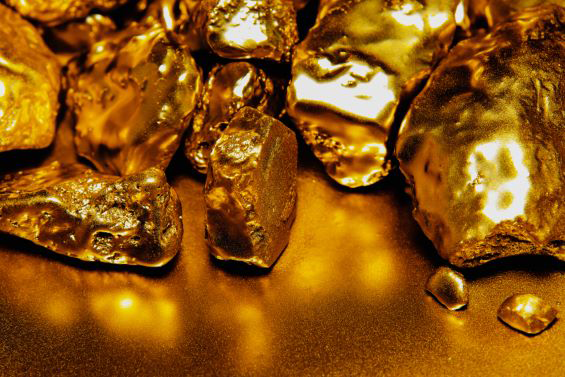
Goud
Vergelijking:
- Duurzaamheid: Diamanten zijn het hardste materiaal en bieden superieure duurzaamheid en krasbestendigheid in vergelijking met alternatieve materialen zoals roestvrij staal, keramiek, titanium en goud.
- Luxe: Diamanten horloges staan synoniem voor luxe en prestige en bieden een niveau van verfijning dat andere materialen misschien niet evenaren.
- Waarde: Hoewel diamanten horloges waardevolle investeringen zijn, bieden alternatieve materialen zoals roestvrij staal en titanium meer betaalbare opties zonder dat dit ten koste gaat van de duurzaamheid.
- Esthetiek: Diamanten horloges vallen op door hun sprankelende schittering en tijdloze elegantie, terwijl alternatieve materialen een verscheidenheid aan stijlen en ontwerpen bieden om aan verschillende voorkeuren te voldoen.
Samenvattend: terwijl diamanten horloges ongeëvenaarde luxe en duurzaamheid bieden, bieden alternatieve materialen meer betaalbare opties met unieke esthetiek en praktische voordelen. De keuze tussen diamanten horloges en alternatieve materialen hangt uiteindelijk af van individuele voorkeuren, budget en levensstijloverwegingen.
Veelgestelde vragen:Vaak gestelde vraag
Kunnen overtollige diamanten de functionaliteit van een horloge beïnvloeden?
Answer: Overmatig diamanten kunnen de functionaliteit van het horloge beïnvloeden. Hoewel diamanten zelf zeer duurzame materialen zijn, kan overmatige diamantversiering het gewicht van het horloge verhogen, wat kan leiden tot onstabiele of onnauwkeurige werking van het uurwerk. Bovendien kan een overvloed aan diamanten ook de waterbestendigheid en duurzaamheid van het horloge beïnvloeden.
The quantity of jewels in a watch movement isn’t necessarily better. Jewels are used to reduce friction between mechanical parts, enhancing the accuracy and stability of the movement. Therefore, a watch requires enough jewels to support key components, but too many jewels can increase the watch’s cost without necessarily providing additional performance benefits.
For a typical watch, 17 to 25 jewels are usually sufficient. However, complex watches may require more jewels to support additional functionality, depending on the watch’s design and manufacturing requirements. Therefore, the quantity of jewels should be balanced according to the watch’s complexity and manufacturing needs.
Welke onderhoudsroutines worden aanbevolen voor diamanten horloges?
Answer: Voor diamanten horloges worden de volgende onderhoudsprocedures aanbevolen:
- Regelmatige reiniging: Maak het horlogeoppervlak regelmatig schoon met een mild sopje en een zachte doek om stof en vuil te verwijderen.
- Vermijd contact met chemicaliën: Stel het horloge niet bloot aan chemicaliën zoals parfum, cosmetica en schoonmaakmiddelen om schade aan de diamanten en het horlogeoppervlak te voorkomen.
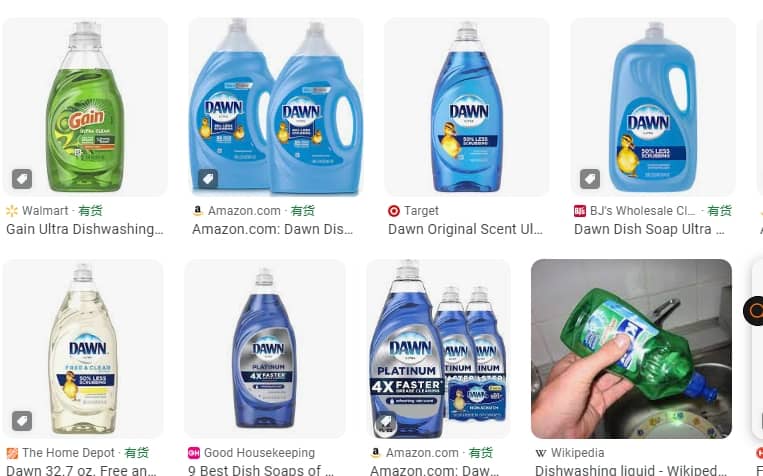
Afwasmiddel. - Regelmatige inspectie: Controleer regelmatig of de diamanten op het horloge los of beschadigd zijn en repareer of vervang ze onmiddellijk.
- Vermijd impact: Zorg ervoor dat het horloge niet in contact komt met harde voorwerpen, om te voorkomen dat diamanten losraken of beschadigd raken.
- Opslag Aandacht: Bewaar het horloge op een droge plaats, uit de buurt van direct zonlicht, en vermijd langdurige blootstelling aan water of vocht.
Zijn er alternatieve materialen voor diamanten om uurwerken te verbeteren?
Answer: Naast diamanten zijn er verschillende alternatieve materialen die kunnen worden gebruikt om uurwerken te verfraaien, zoals:
Synthetische robijnen en saffieren: Synthetische edelstenen die lijken op natuurlijke edelstenen kunnen worden gebruikt in uurwerken om de stabiliteit en nauwkeurigheid te verbeteren.
Keramiek: Keramische materialen bieden een uitstekende slijtvastheid en corrosiebestendigheid, waardoor ze geschikt zijn voor horlogekasten en bandjes, waardoor ze een langere levensduur bieden en de uitstraling van het horloge behouden.
Roestvrij staal en titaniumlegeringen: Roestvrij staal en titaniumlegeringen zijn veelgebruikte horlogematerialen, bekend om hun corrosiebestendigheid, slijtvastheid en lichtgewicht eigenschappen, waardoor ze geschikt zijn voor de productie van uurwerken van hoge kwaliteit.
Hoeveel juwelen moet een horloge hebben?
Over het algemeen kan een mechanisch uurwerk meerdere juwelen bevatten, doorgaans variërend van ongeveer 17 tot 25 juwelen. Dit is echter afhankelijk van de complexiteit en functionaliteit van het uurwerk. Minder gecompliceerde horloges gebruiken doorgaans minder juwelen, terwijl complexere horloges, zoals horloges met tourbillons of chronograaffuncties, meer juwelen kunnen gebruiken om de nauwkeurigheid en stabiliteit van het uurwerk te verbeteren. Daarom wordt het aantal juwelen op een horloge bepaald door de ontwerp- en productievereisten van het horloge.
De meeste sieradenhorloges hebben ongeveer 17 juwelen, die op meerdere gebieden worden gebruikt:
Beweging: Juwelen worden doorgaans gebruikt bij de beweging van een horloge, inclusief de lagers van het handwiel, het echappementwiel en andere bewegende delen. Deze juwelen helpen de wrijving tussen mechanische componenten te verminderen, waardoor de nauwkeurigheid en stabiliteit van het horloge worden verbeterd.
Rand en wijzerplaat: Sommige sieradenhorloges kunnen ook edelstenen in de ring en wijzerplaat bevatten, zoals diamanten en saffieren, om de decoratieve en luxueuze aspecten van het horloge te versterken.
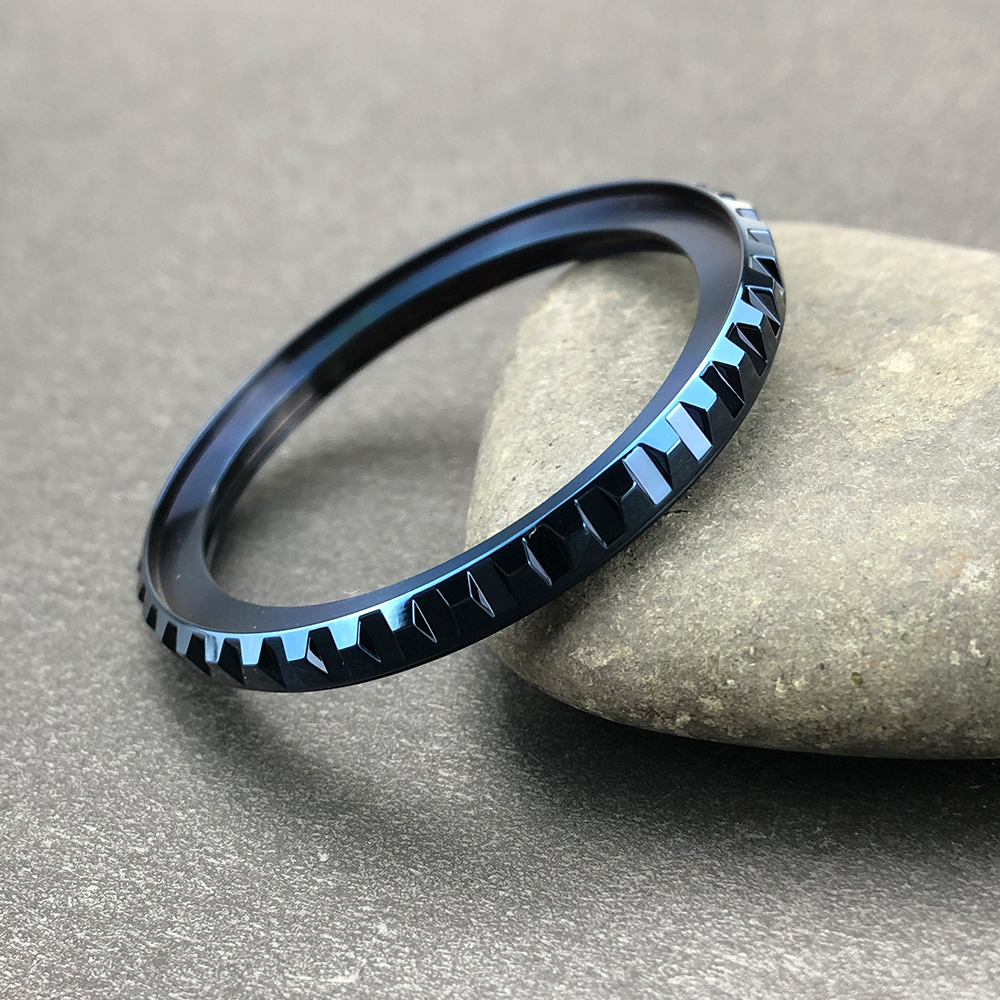
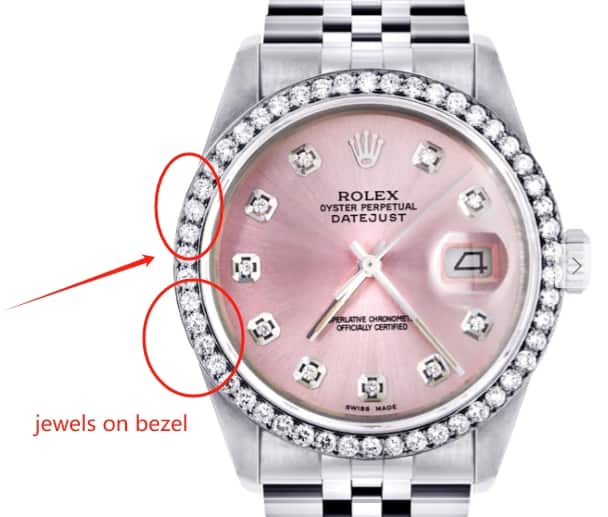
Indicatoren: Bij sommige sieradenhorloges kunnen indicatoren zoals wijzers en uurmarkeringen ook versierd zijn met edelstenen om kwaliteit en unieke charme aan het horloge toe te voegen.
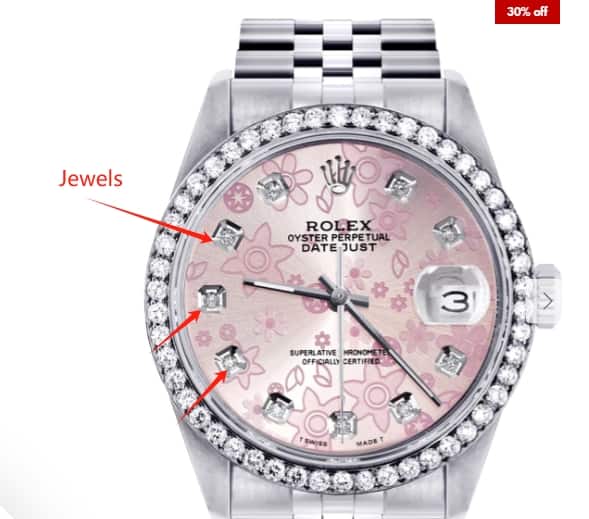
Over het geheel genomen bevat een sieradenhorloge met 17 juwelen edelstenen op meerdere gebieden, waardoor niet alleen de functionaliteit en prestaties van het horloge worden verbeterd, maar ook schoonheid en luxe aan het uurwerk worden toegevoegd.
De meeste horloges met juwelen hebben doorgaans ongeveer 17 juwelen, die voornamelijk worden gebruikt in de volgende delen van het uurwerk:
- Balans wiellagers: Juwelen worden vaak gebruikt om het handwiel te ondersteunen, waardoor de wrijving wordt verminderd en een soepele werking wordt gegarandeerd.
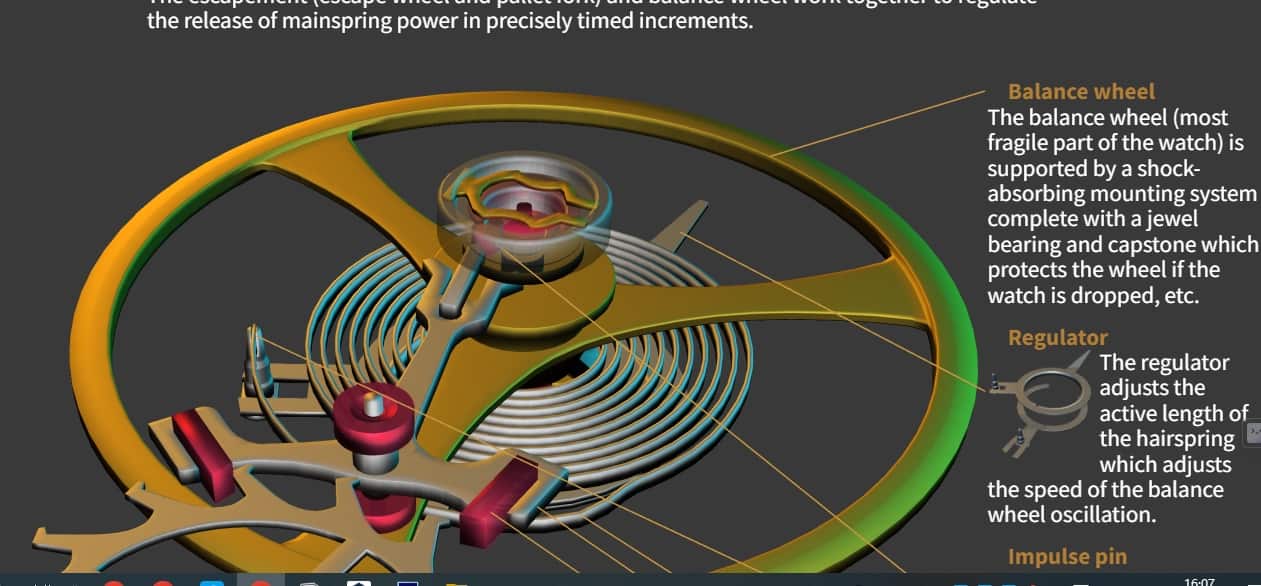
balanswiel (foto van https://animagraffs.com/mechanical-watch/) - Ontsnappingswiellagers: Op dezelfde manier worden juwelen gebruikt om het ontsnappingswiel te ondersteunen, wat helpt bij het beheersen van het ritme en de nauwkeurigheid van het horloge.
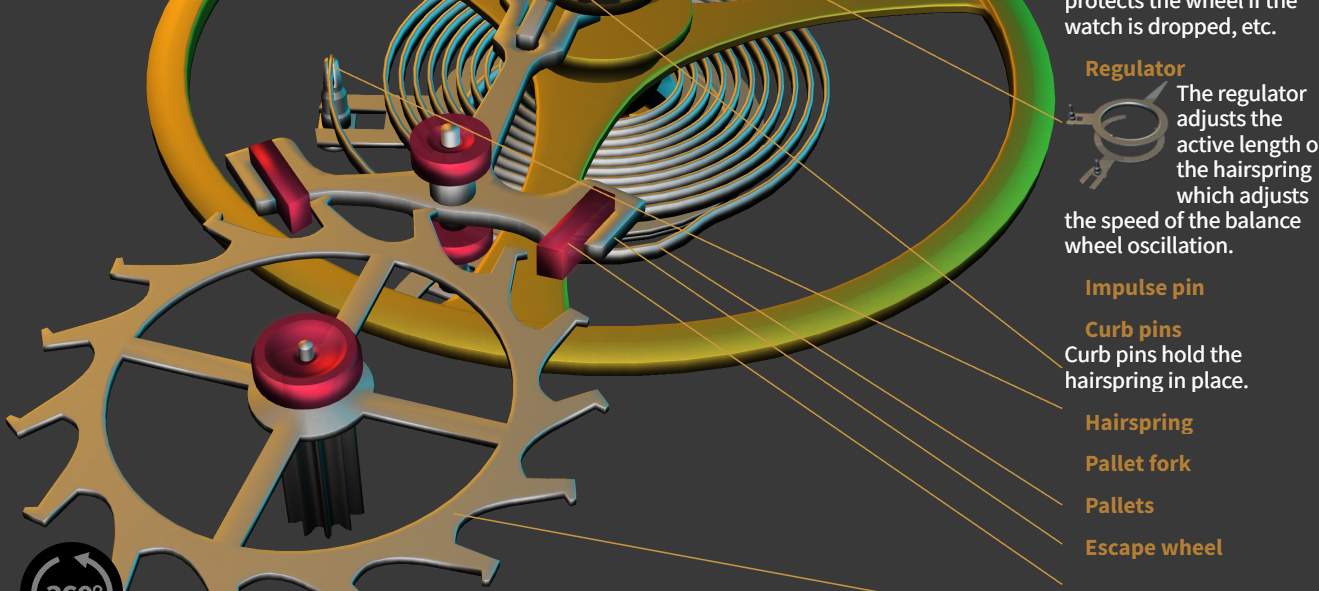
- ontsnappingswiel.
- Andere bewegende delen: Naast het handwiel en het ontsnappingswiel kunnen juwelen ook worden gebruikt om andere kritische bewegende delen binnen de beweging te ondersteunen, zoals de palletvork, de spiraalveer, enz.
Dit bericht heeft duidelijk verteld wat de bewegingsonderdelen van de mechanische horloges zijn: https://animagraffs.com/mechanical-watch/
Wat betekenen 17 juwelen? Wat betekenen 25 juwelen op een horloge?
17 juwelen en 25 juwelen op een horloge verwijzen naar het aantal synthetische robijnen of saffieren dat als lagers in het uurwerk wordt gebruikt. Dit geeft het aantal punten aan waar de bewegende delen van het horloge, zoals tandwielen en draaipunten, in contact komen met de juwelen om wrijving te verminderen en de algehele prestaties en duurzaamheid van het uurwerk te verbeteren.
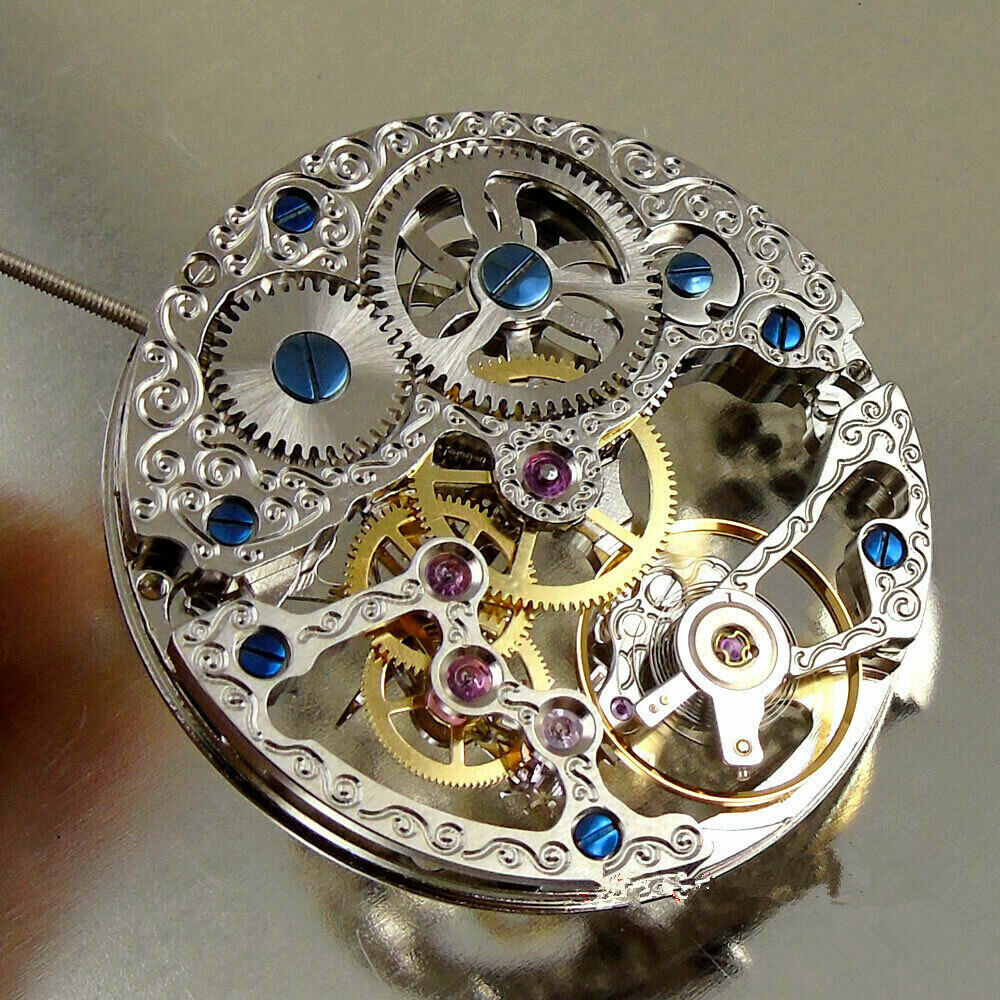
Een horloge met 17 juwelen betekent dus dat het 17 synthetische robijnen of saffieren heeft die als lagers dienen, en op dezelfde manier betekent een horloge met 25 juwelen dat het 25 synthetische robijnen of saffieren heeft die als lagers dienen.
Hebben quartzhorloges juwelen?
In feite hebben quartzhorloges, net als mechanische horloges, ook bewegende delen. Niet alle quartzhorloges gebruiken echter juwelen in hun uurwerken. Vóór de jaren zeventig, toen de Seiko Astron werd geïntroduceerd en batterijaangedreven (kwarts) horloges op de markt bracht, waren alle horloges mechanisch en werden er ongeveer vijf tot zeven juwelen gebruikt bij de beweging van een horloge.
KwartsbewegingJa, quartzhorloges maken doorgaans ook gebruik van juwelen. Hoewel de beweging van een quartzhorloge wordt aangedreven door een kwartskristal in plaats van door een traditioneel mechanisch uurwerk, spelen juwelen nog steeds een belangrijke rol in de beweging van quartzhorloges. Juwelen worden vaak gebruikt om de tandwielassen en andere bewegende delen van quartzhorloges te ondersteunen om wrijving te verminderen en de nauwkeurigheid en duurzaamheid van het horloge te verbeteren.
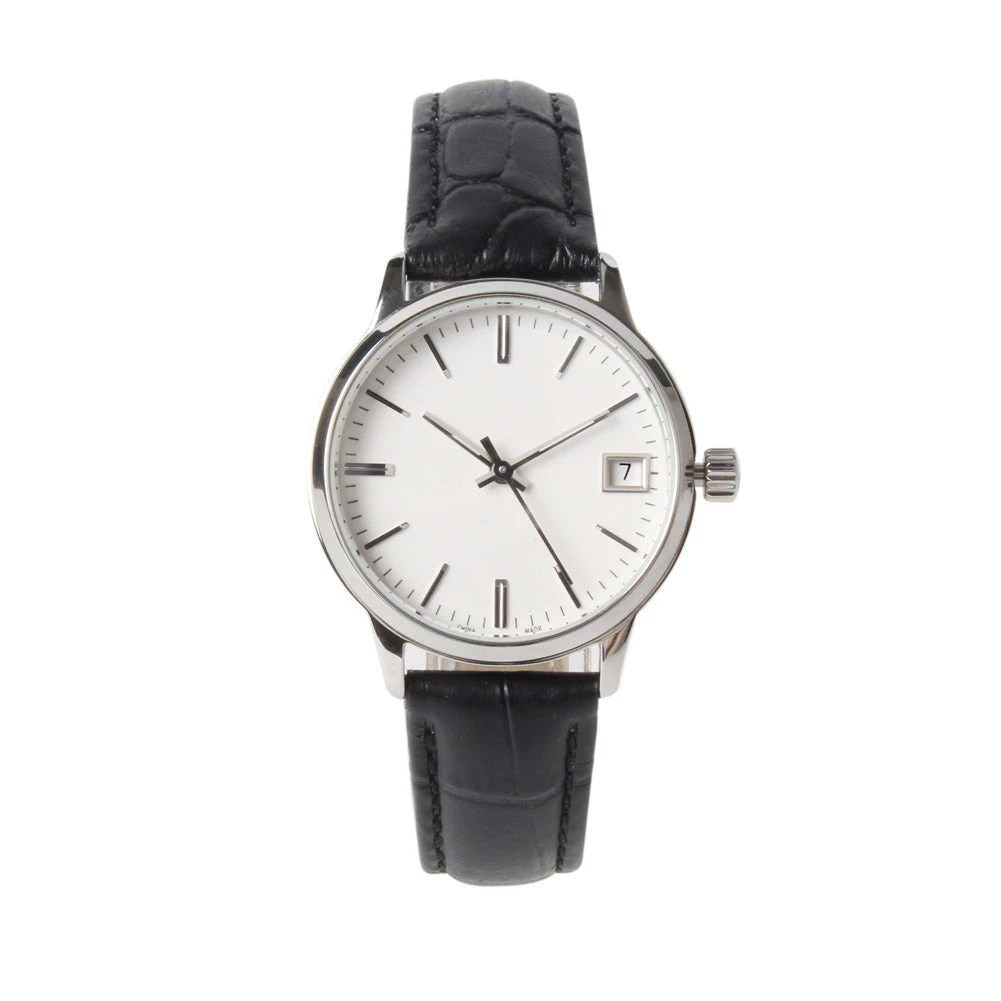
Hoewel het aantal juwelen dat nodig is voor quartzhorloges doorgaans minder is dan bij traditionele mechanische horloges, zijn ze nog steeds een cruciaal onderdeel voor de prestaties en betrouwbaarheid van quartzhorloges.
Conclusie
Samenvattend dragen diamanten in uurwerken niet alleen bij aan de esthetische aantrekkingskracht, maar ook aan functionaliteit en prestaties. Hoewel overmatig gebruik van diamanten kan leiden tot nadelen zoals een hoger gewicht, kan een evenwichtig gebruik van diamanten de elegantie vergroten zonder de functionaliteit in gevaar te brengen. Het is essentieel om bij het kiezen van een diamanten horloge rekening te houden met factoren als diamantkwaliteit, vakmanschap en persoonlijke levensstijl.
Alternatieve materialen zoals synthetische robijnen, saffieren, keramiek, roestvrij staal en titanium spelen ook een belangrijke rol bij het verbeteren van uurwerken en bieden unieke voordelen op het gebied van duurzaamheid en esthetiek. Of het nu versierd is met diamanten of vervaardigd is met alternatieve materialen, de sleutel is het vinden van een evenwicht tussen functionaliteit, esthetiek en persoonlijke smaak. Uiteindelijk moet de keuze aansluiten bij individuele voorkeuren en tegelijkertijd optimale prestaties en blijvende schoonheid garanderen.

